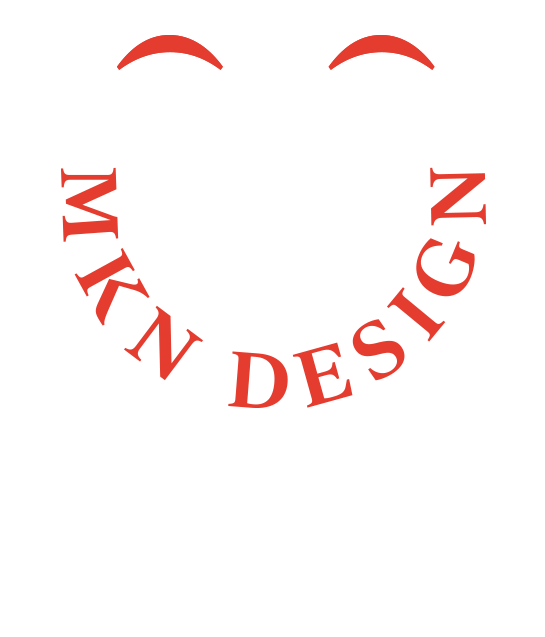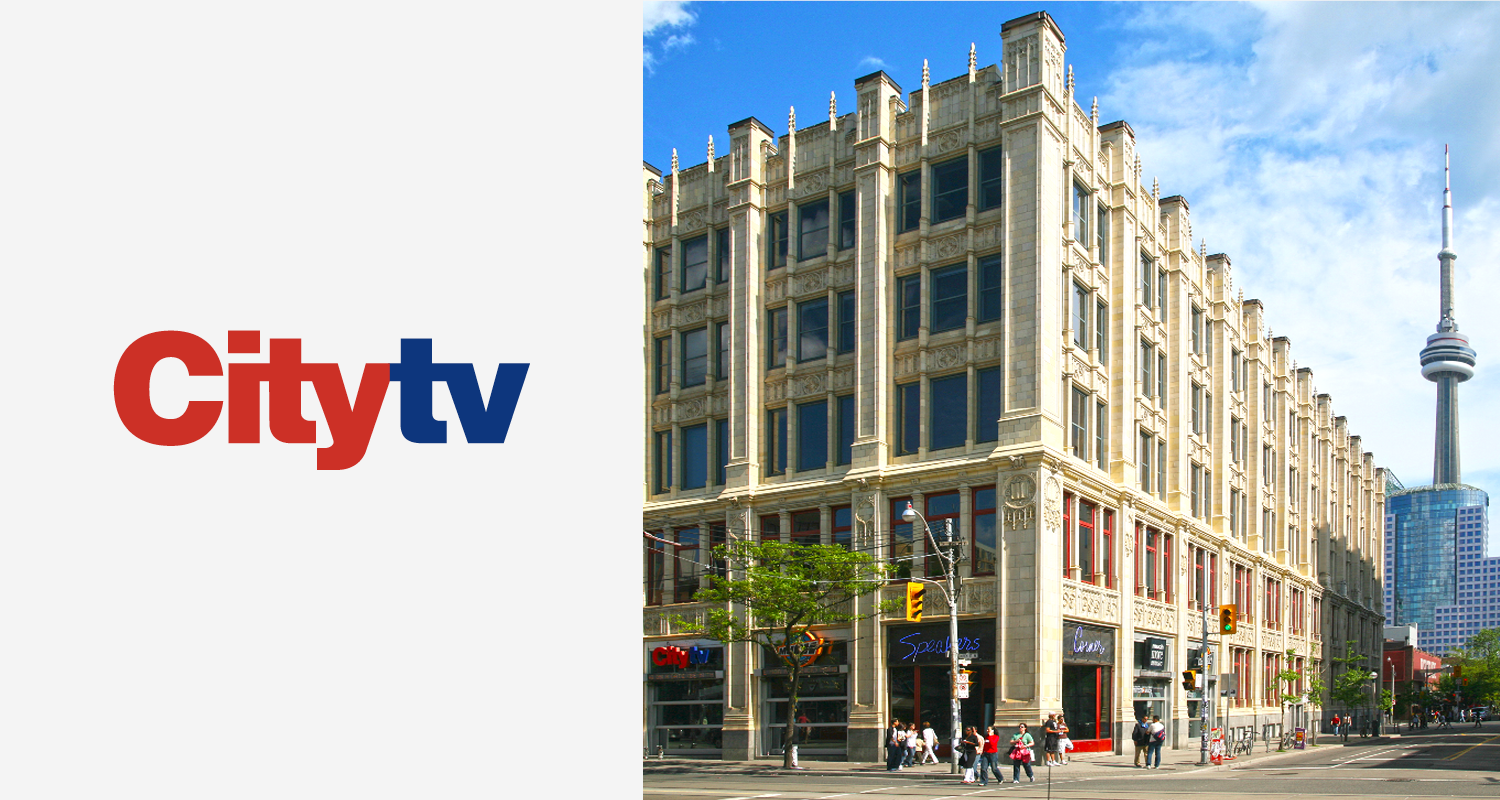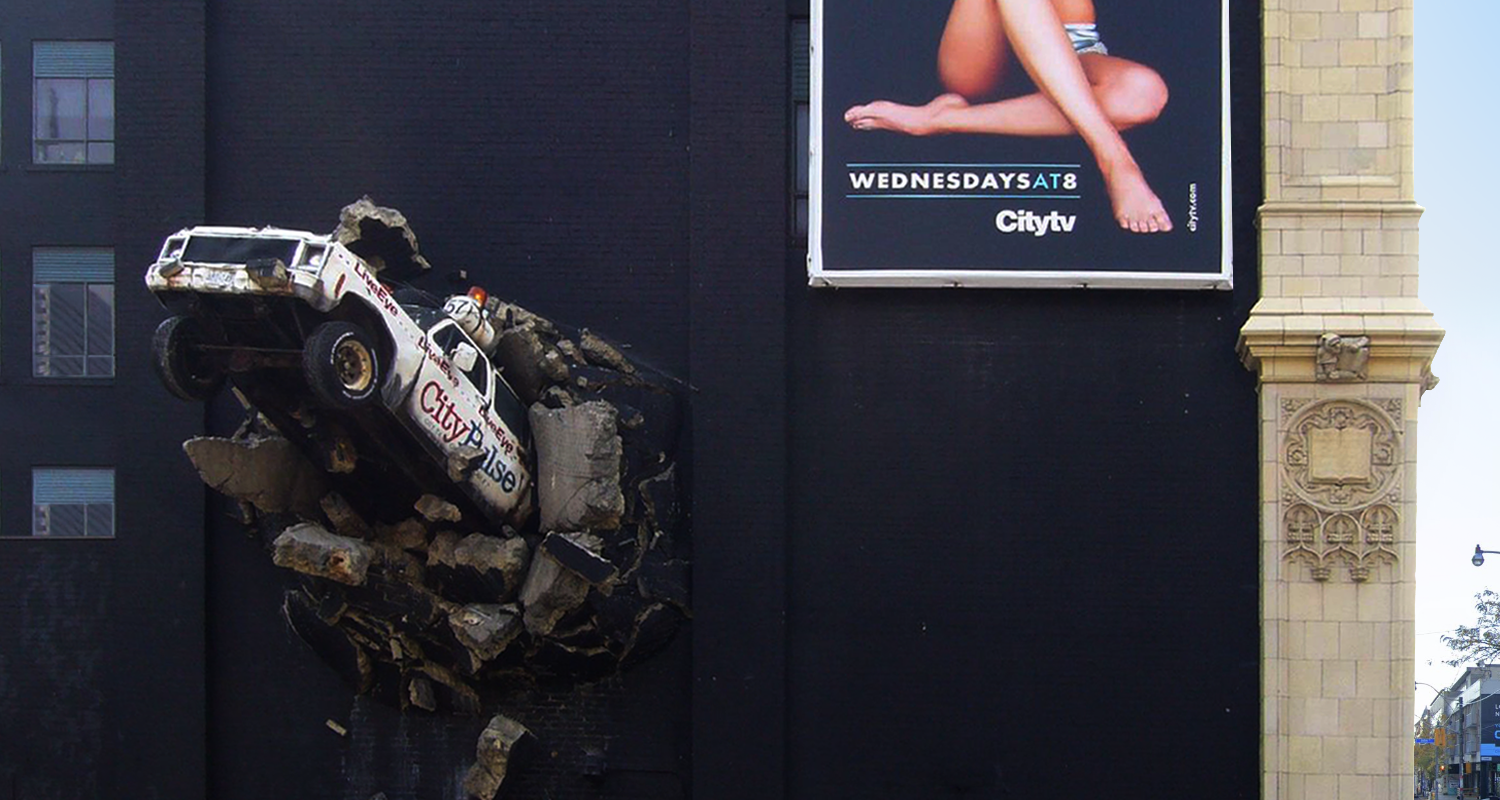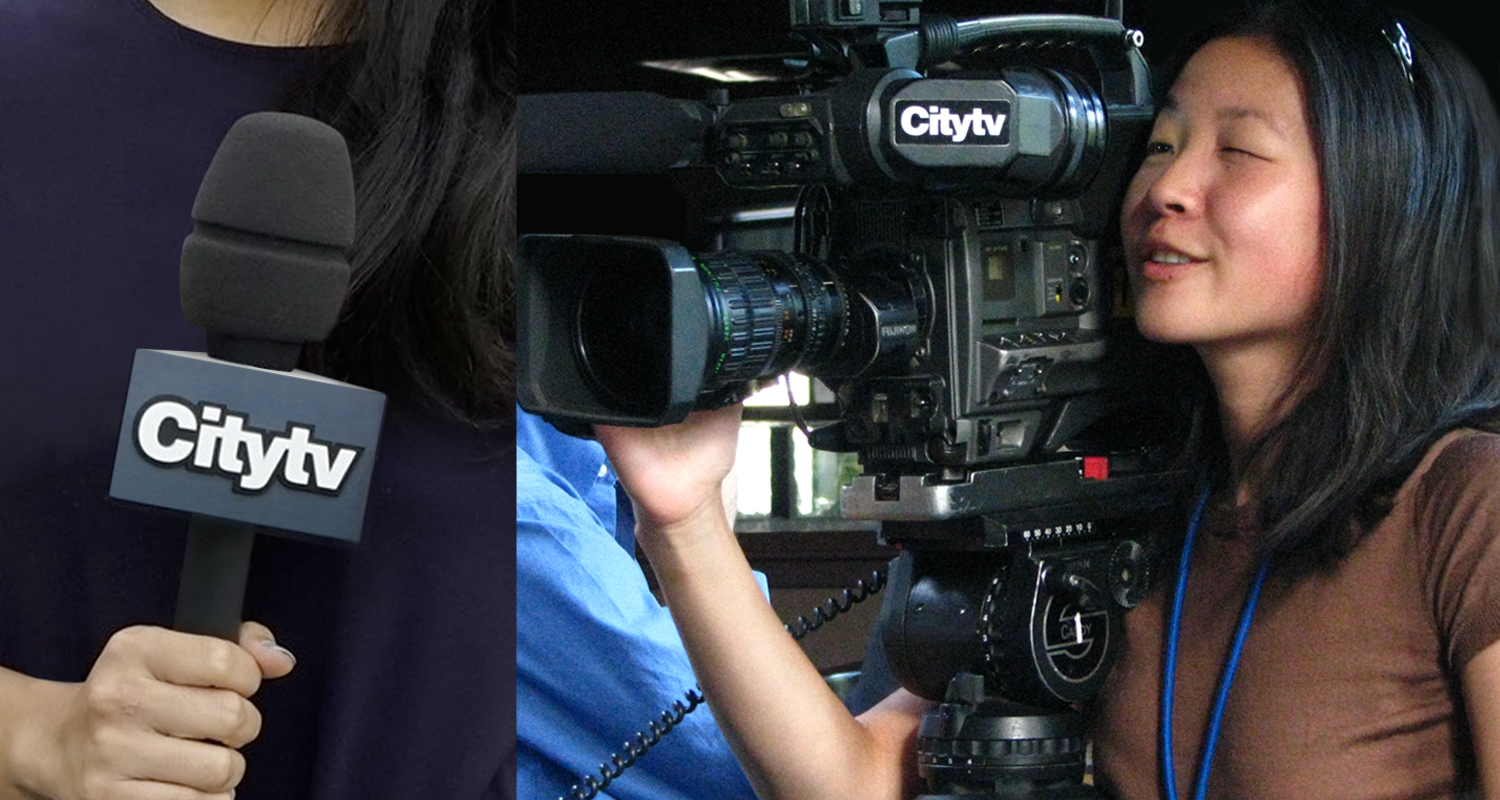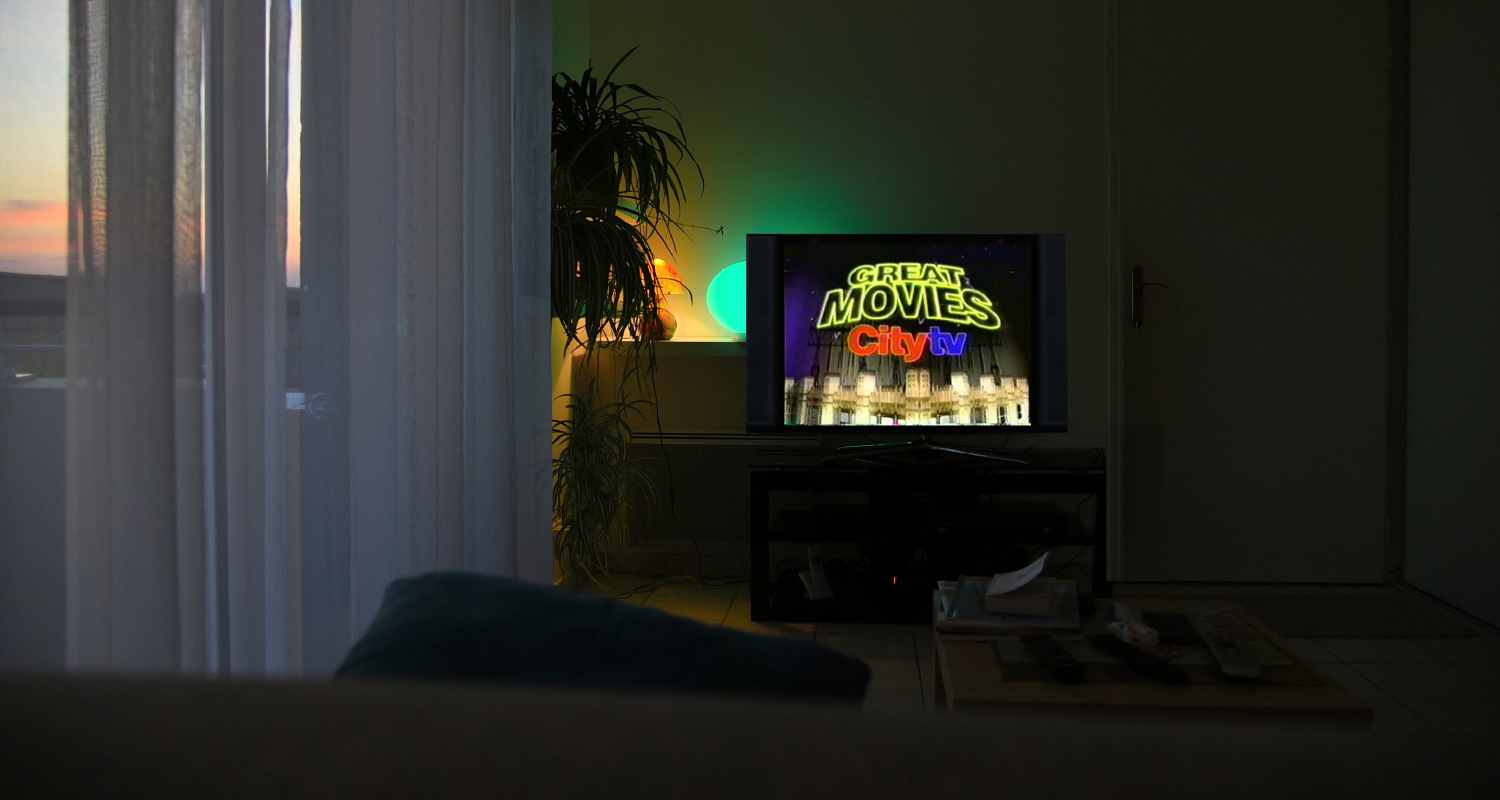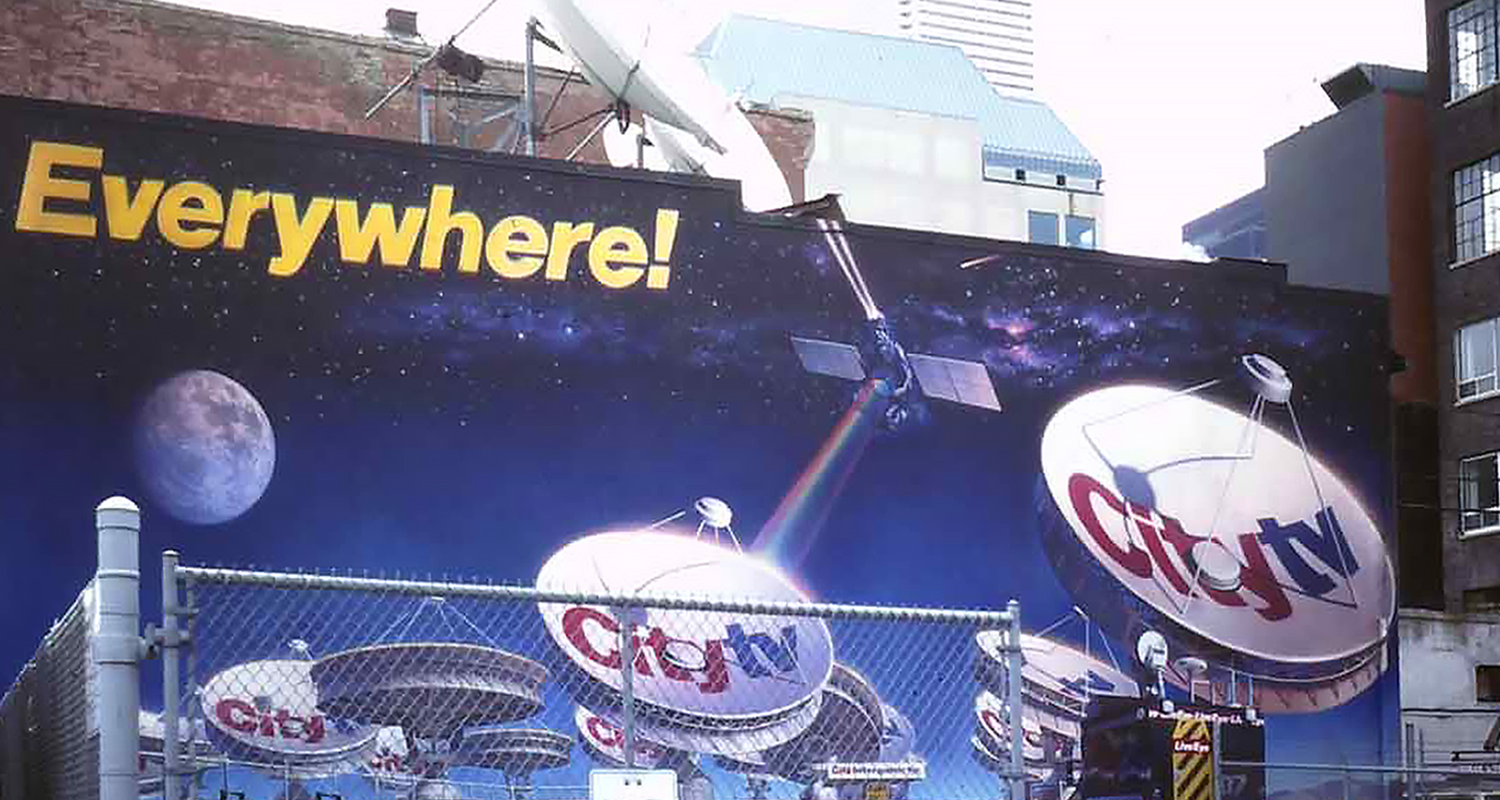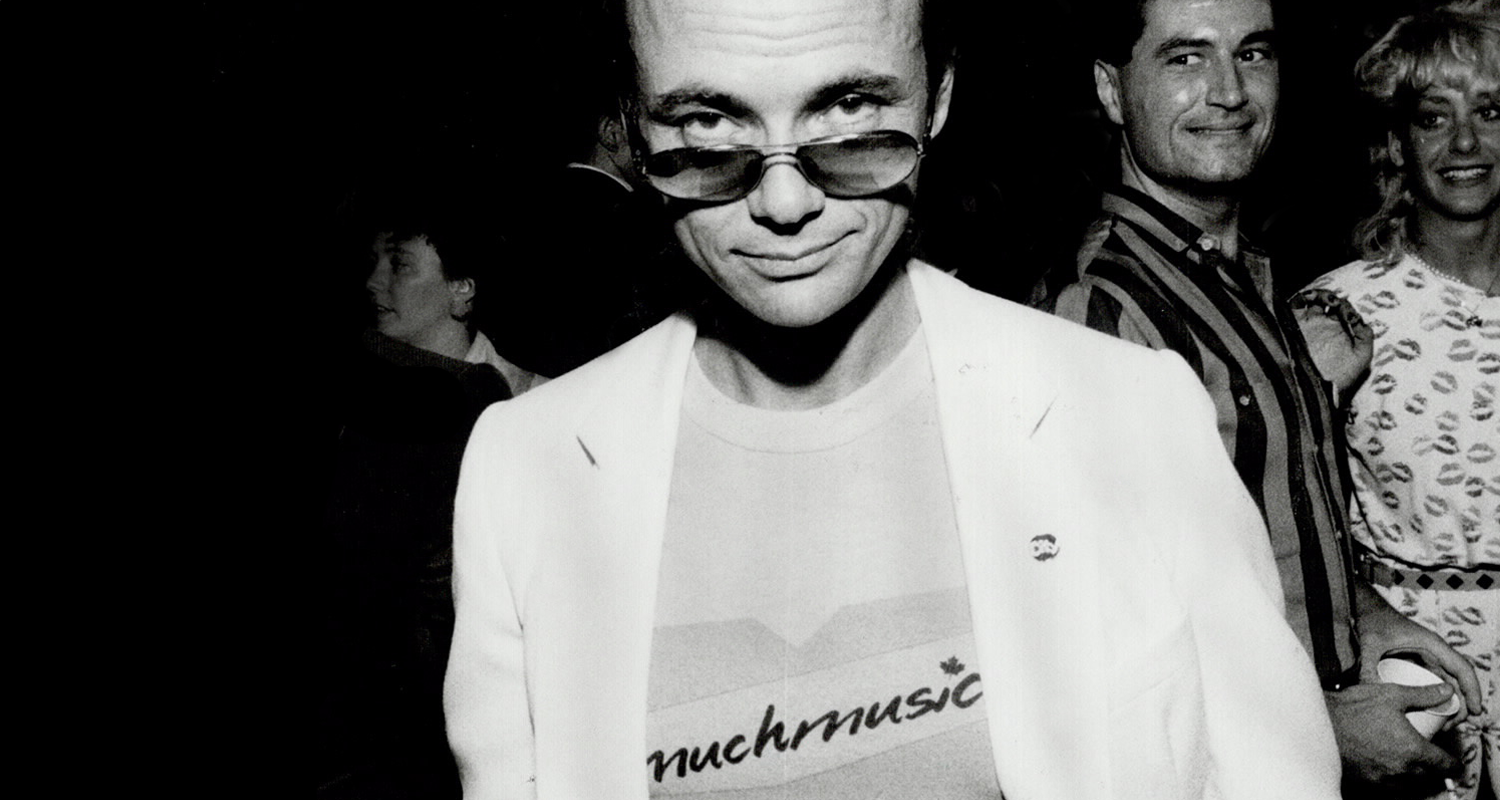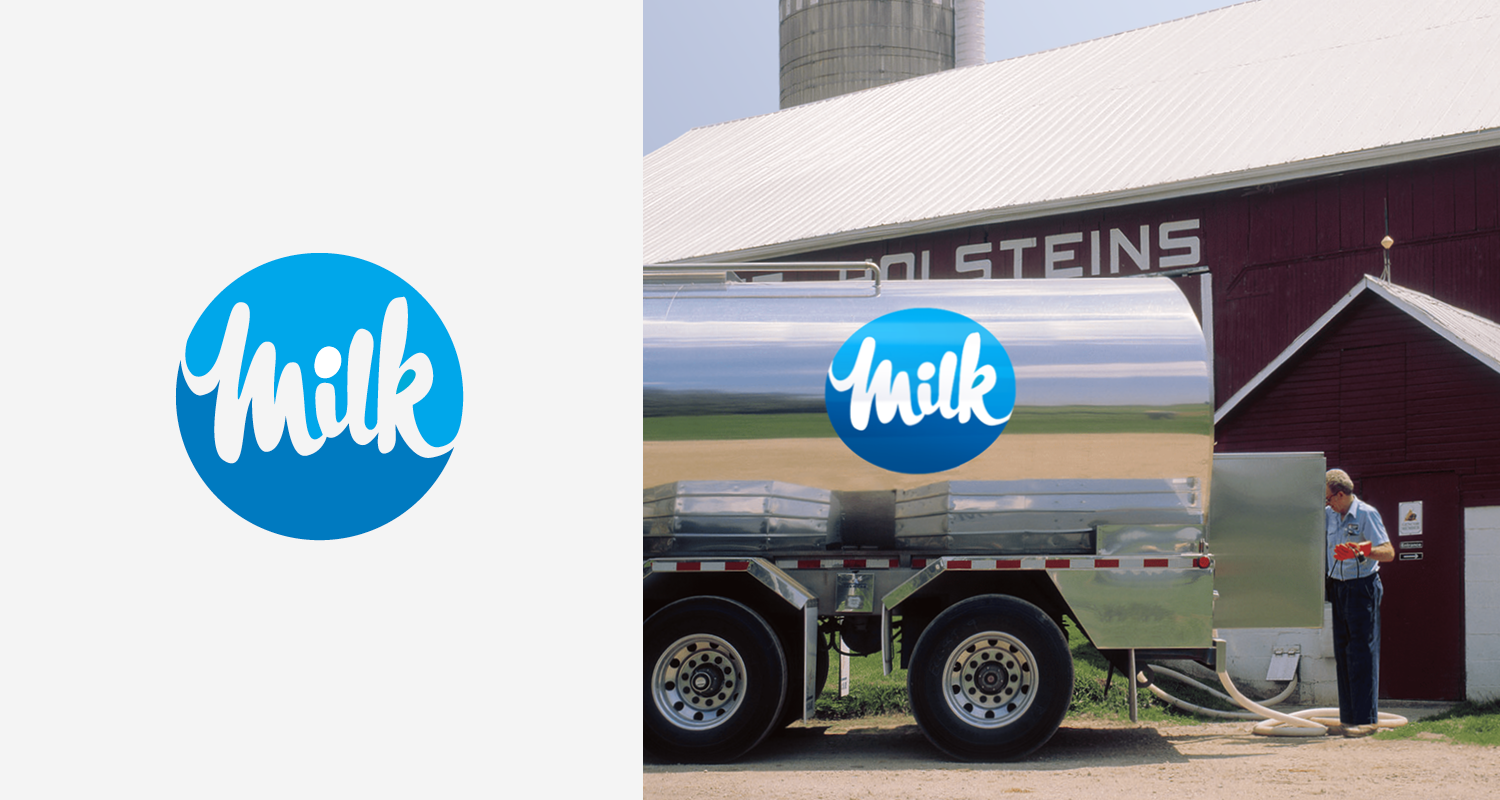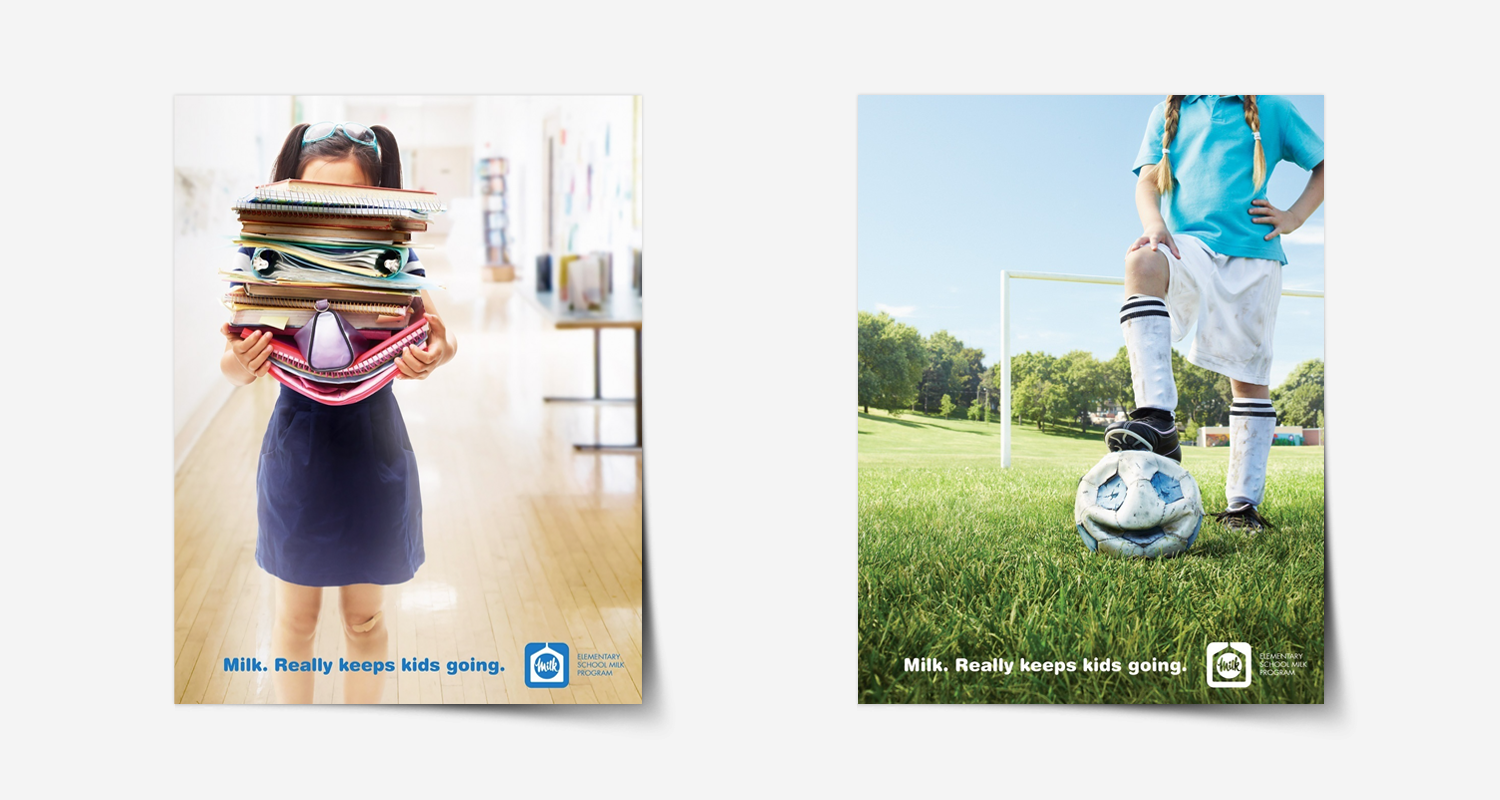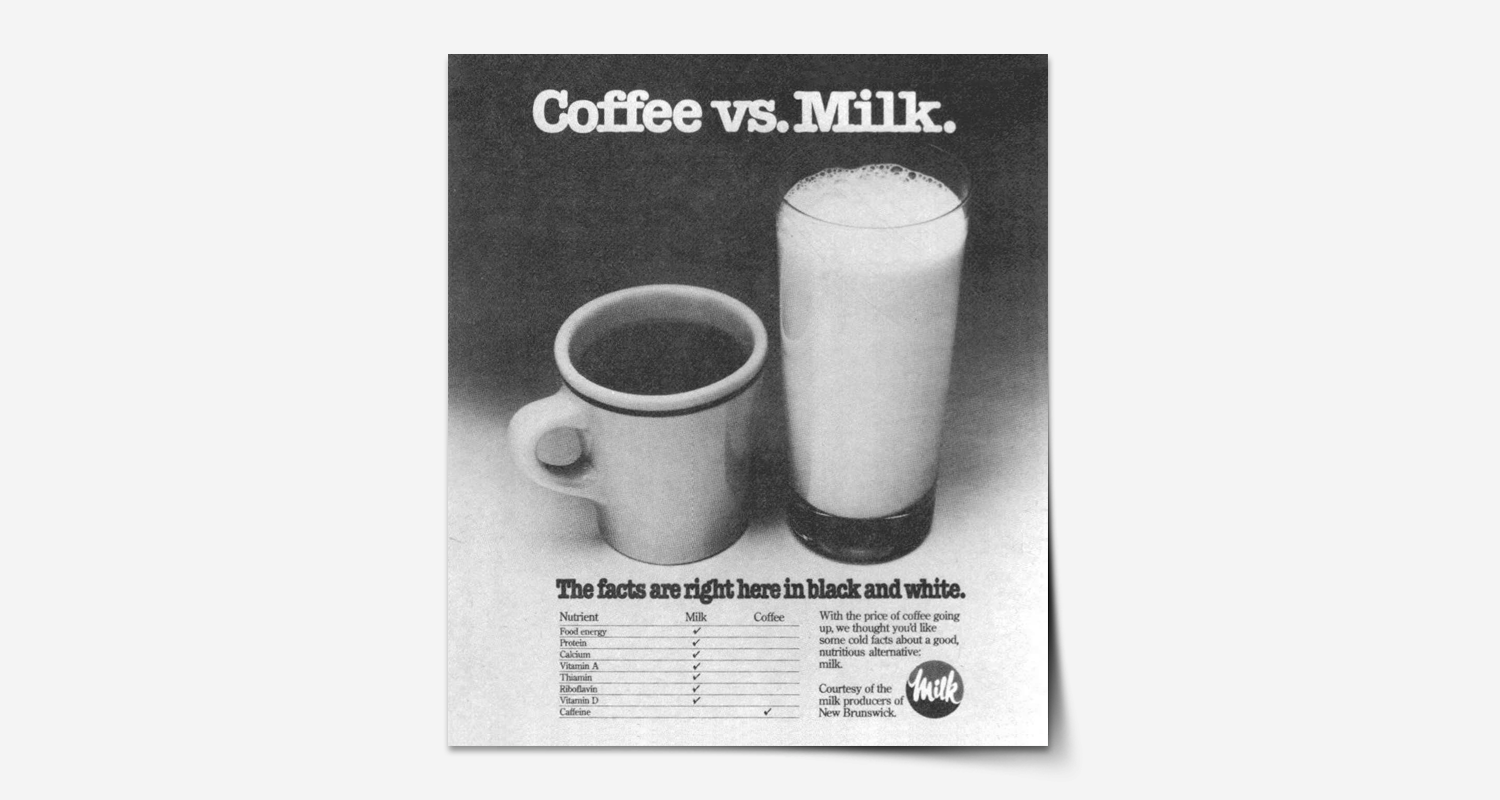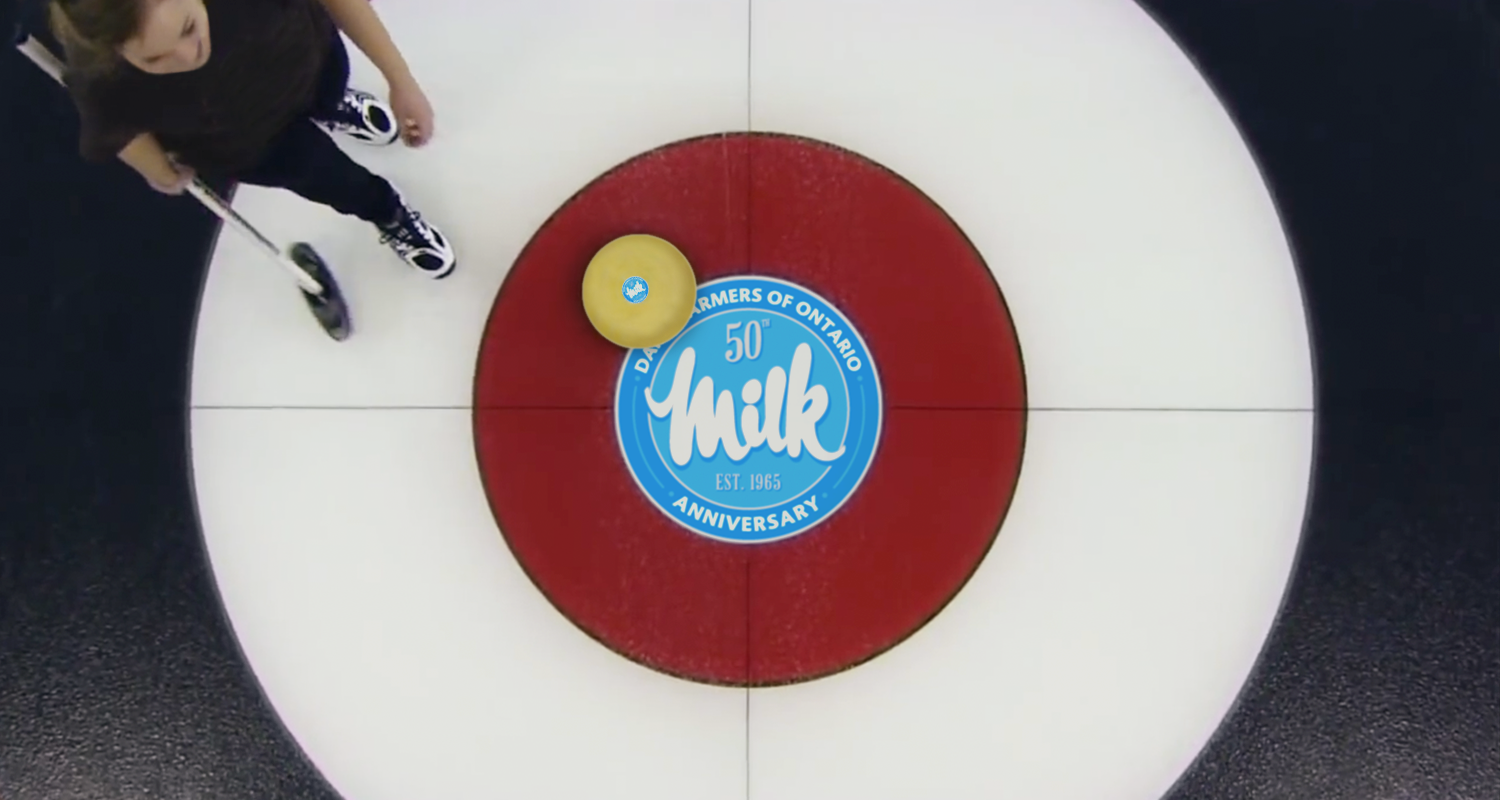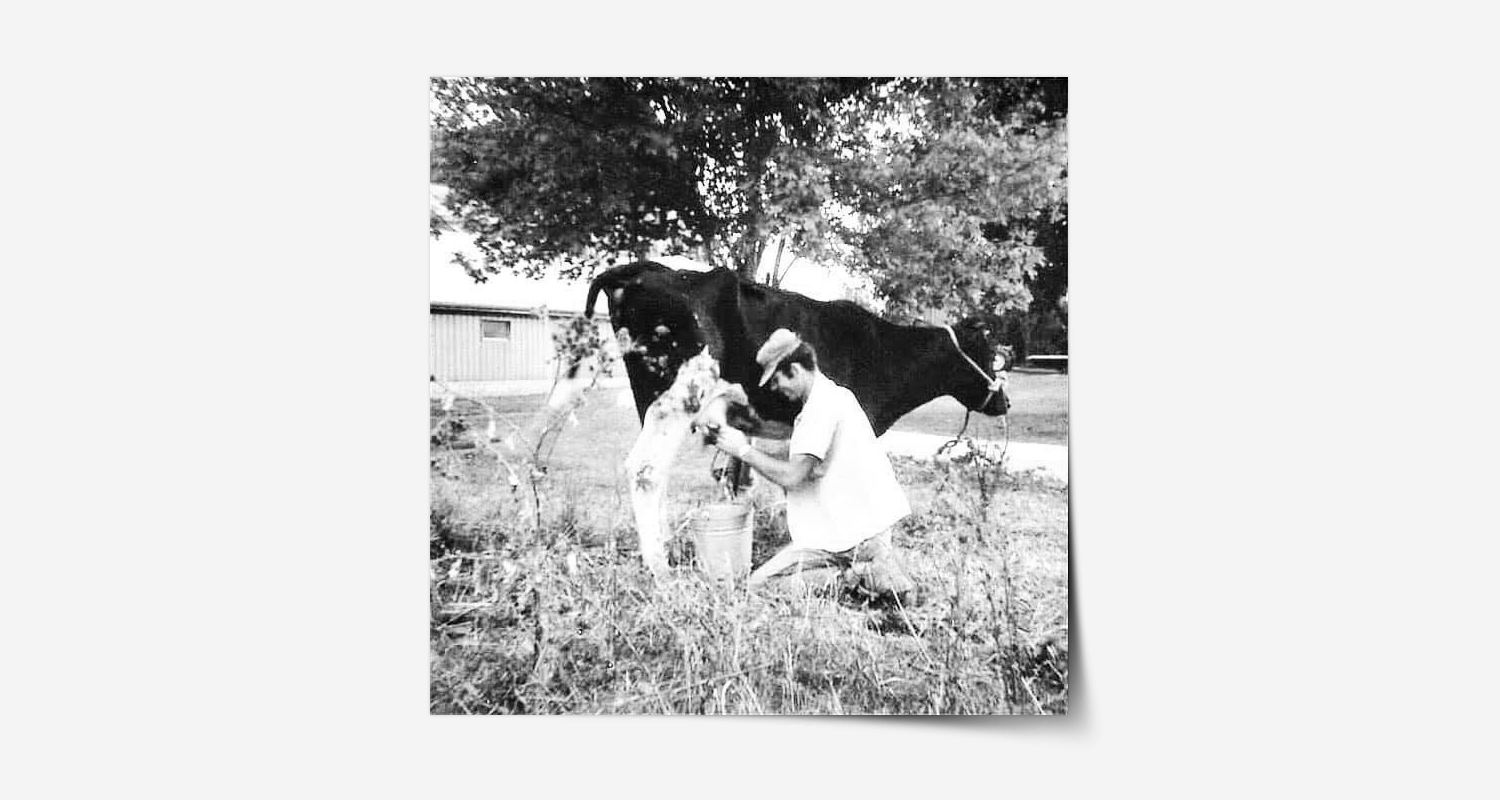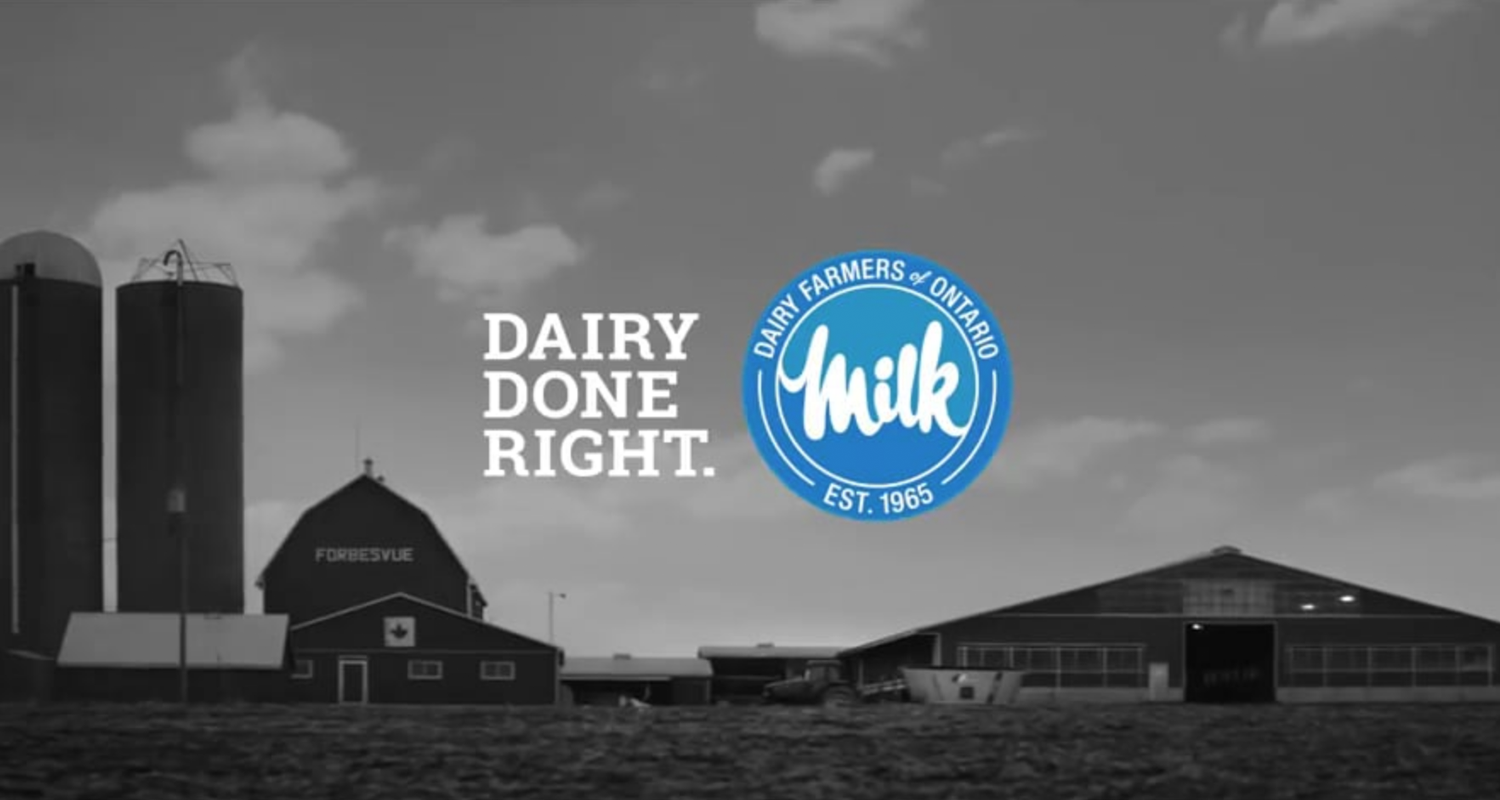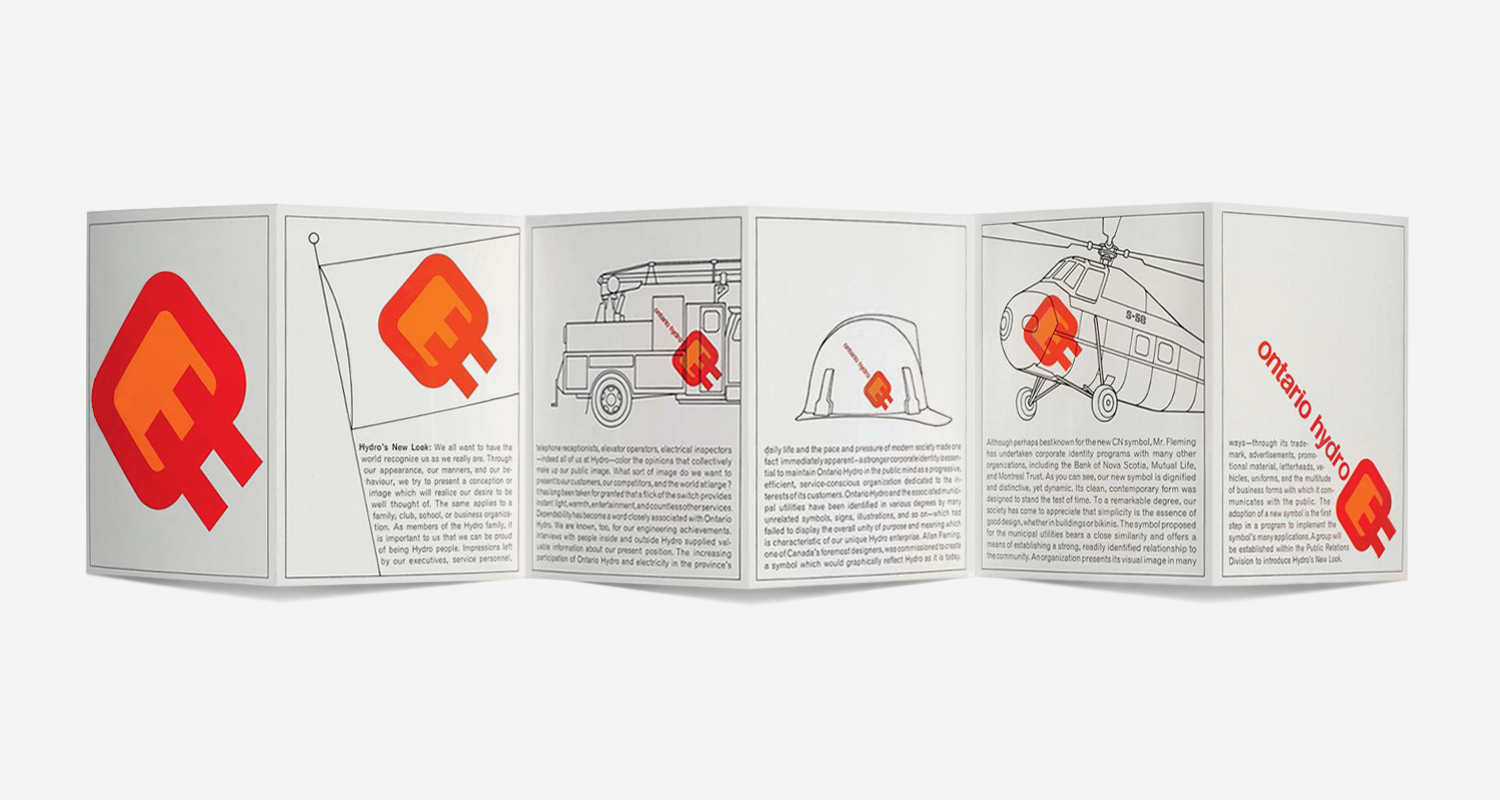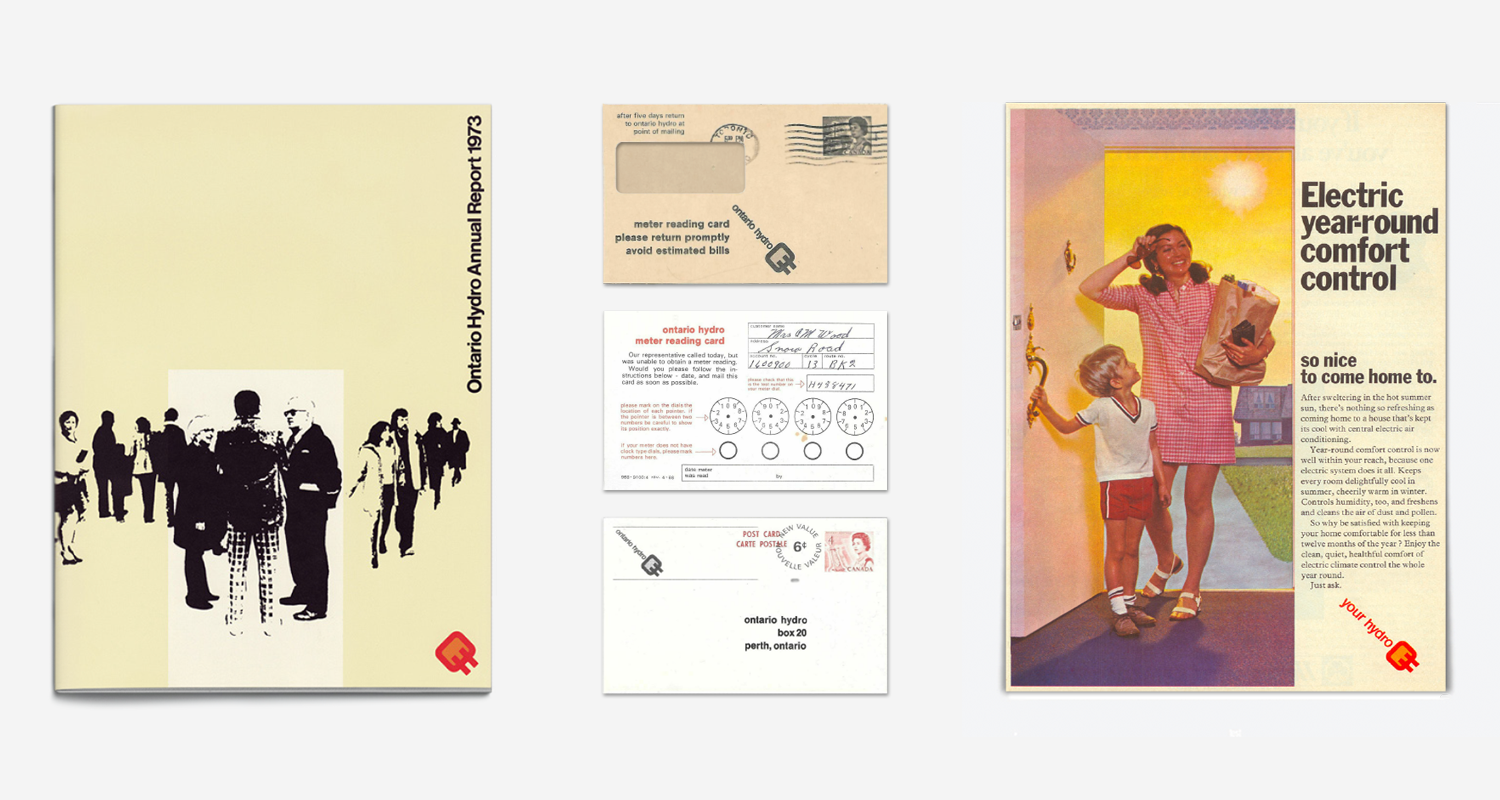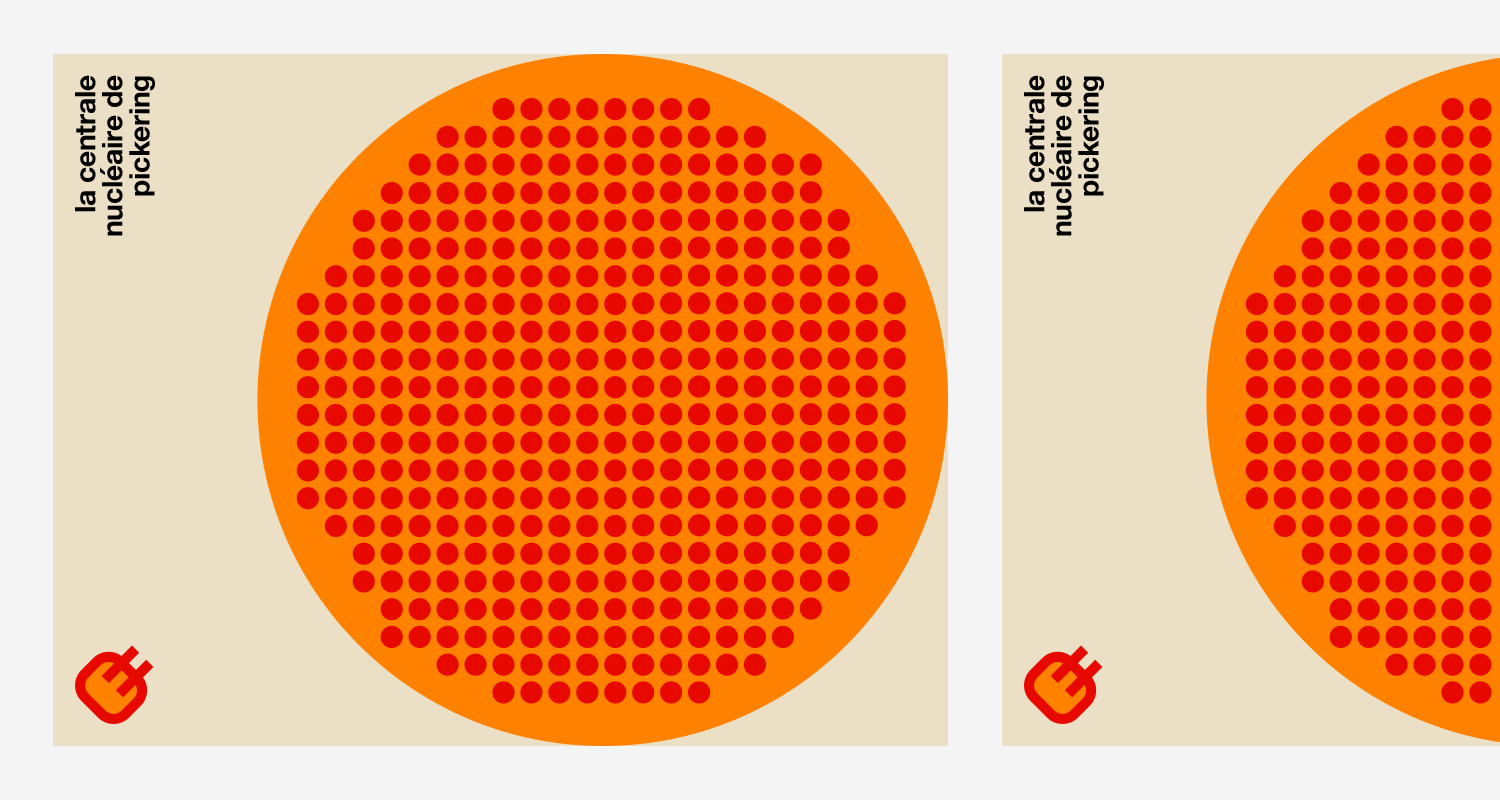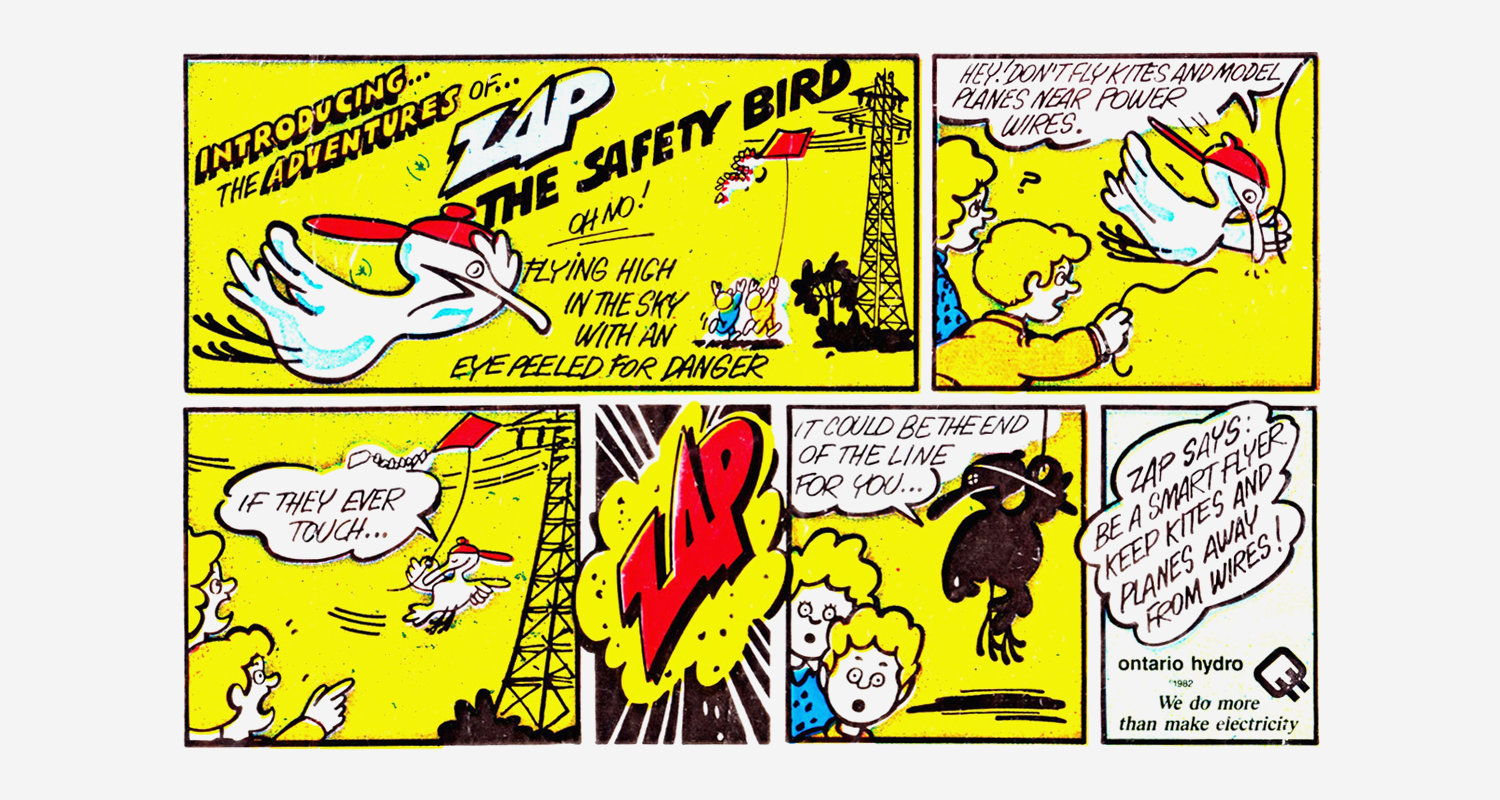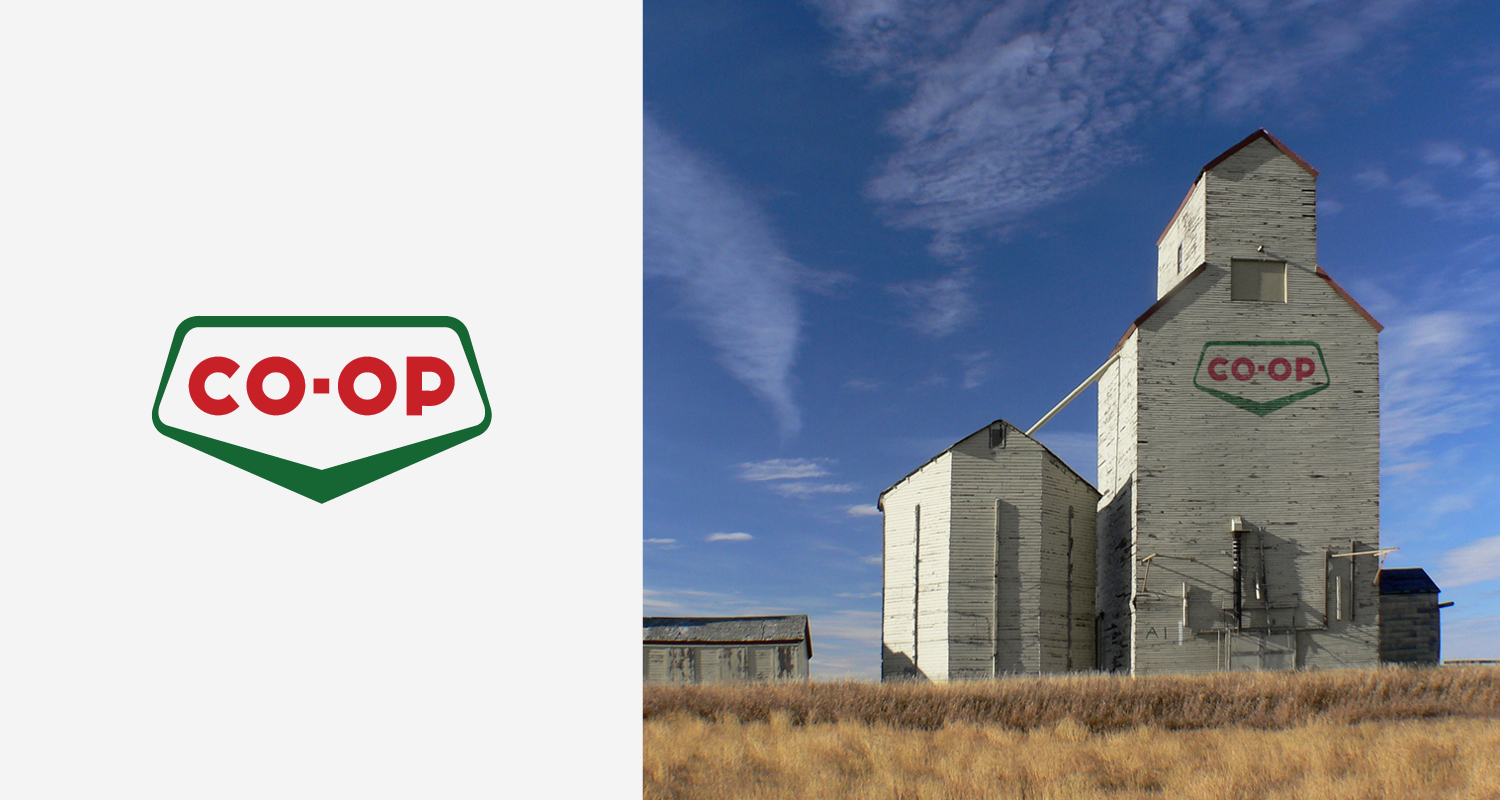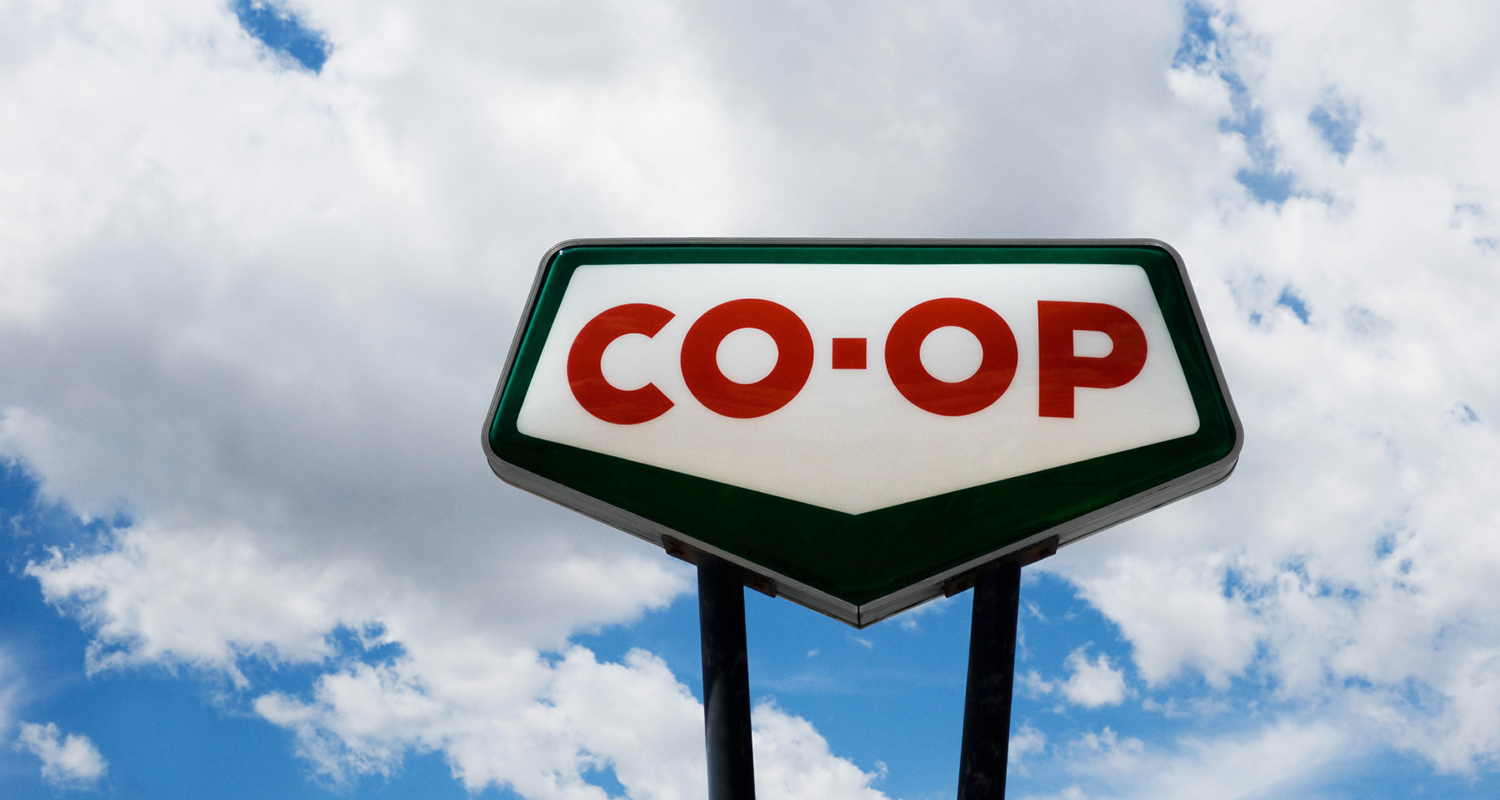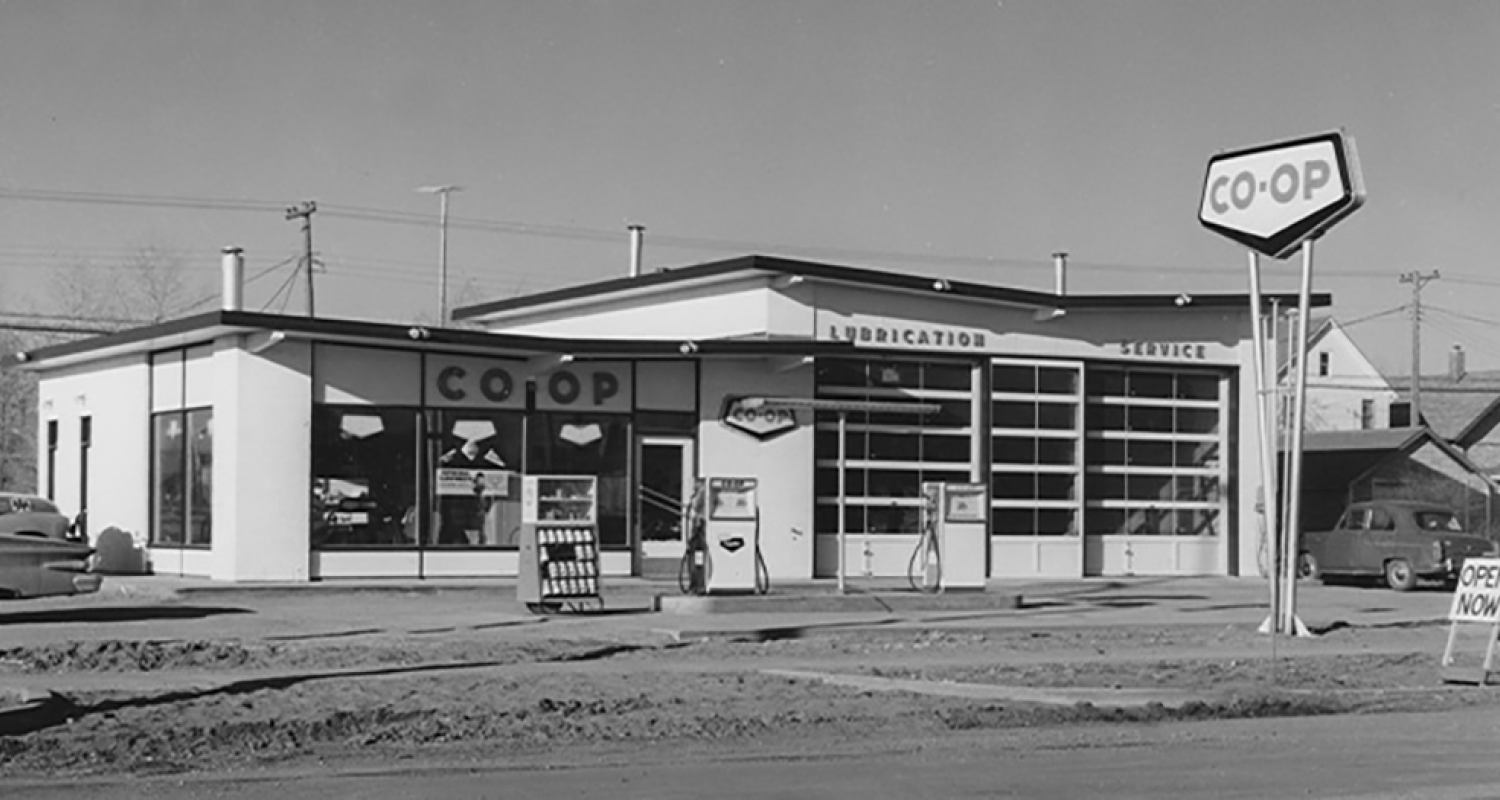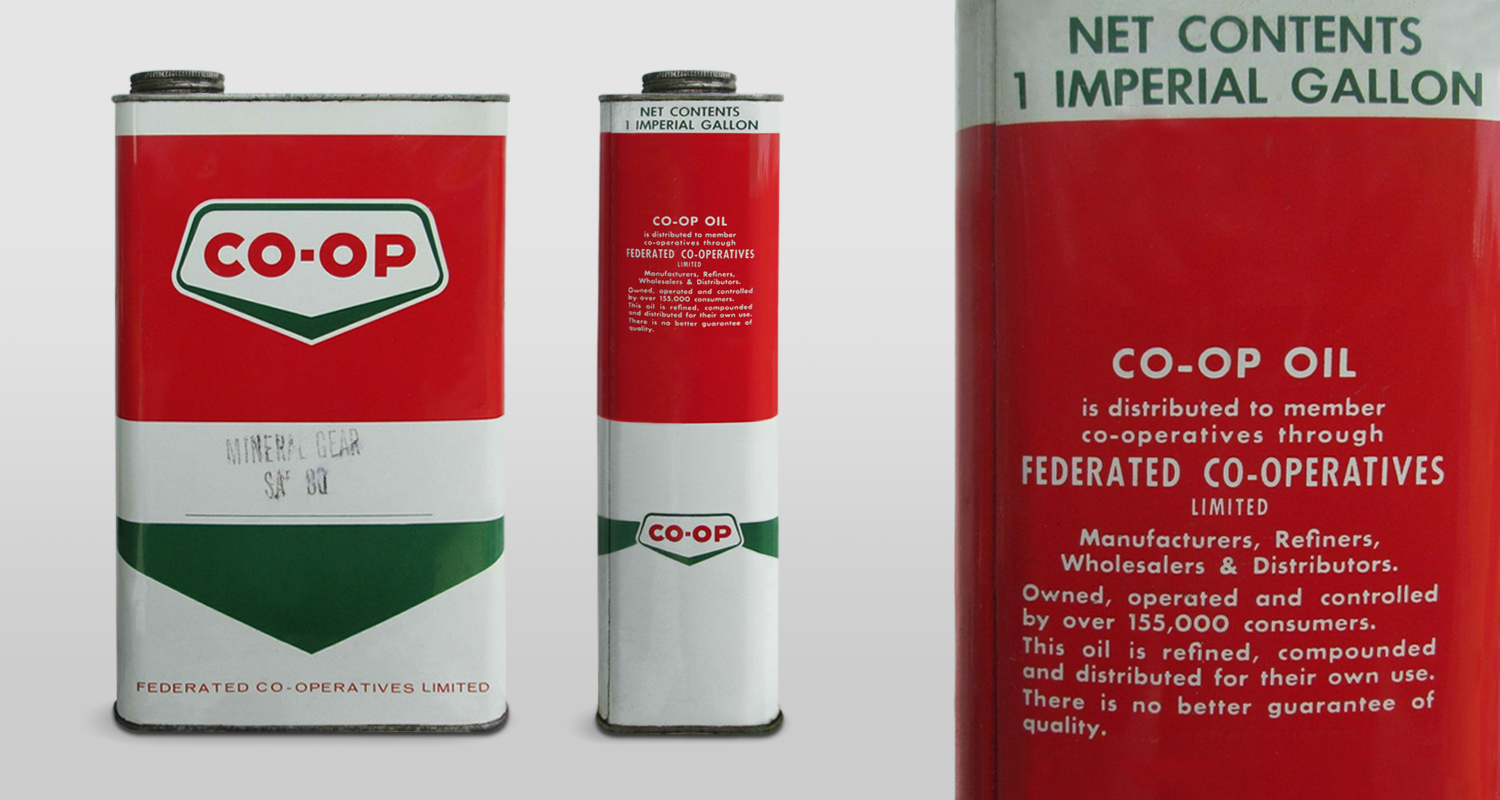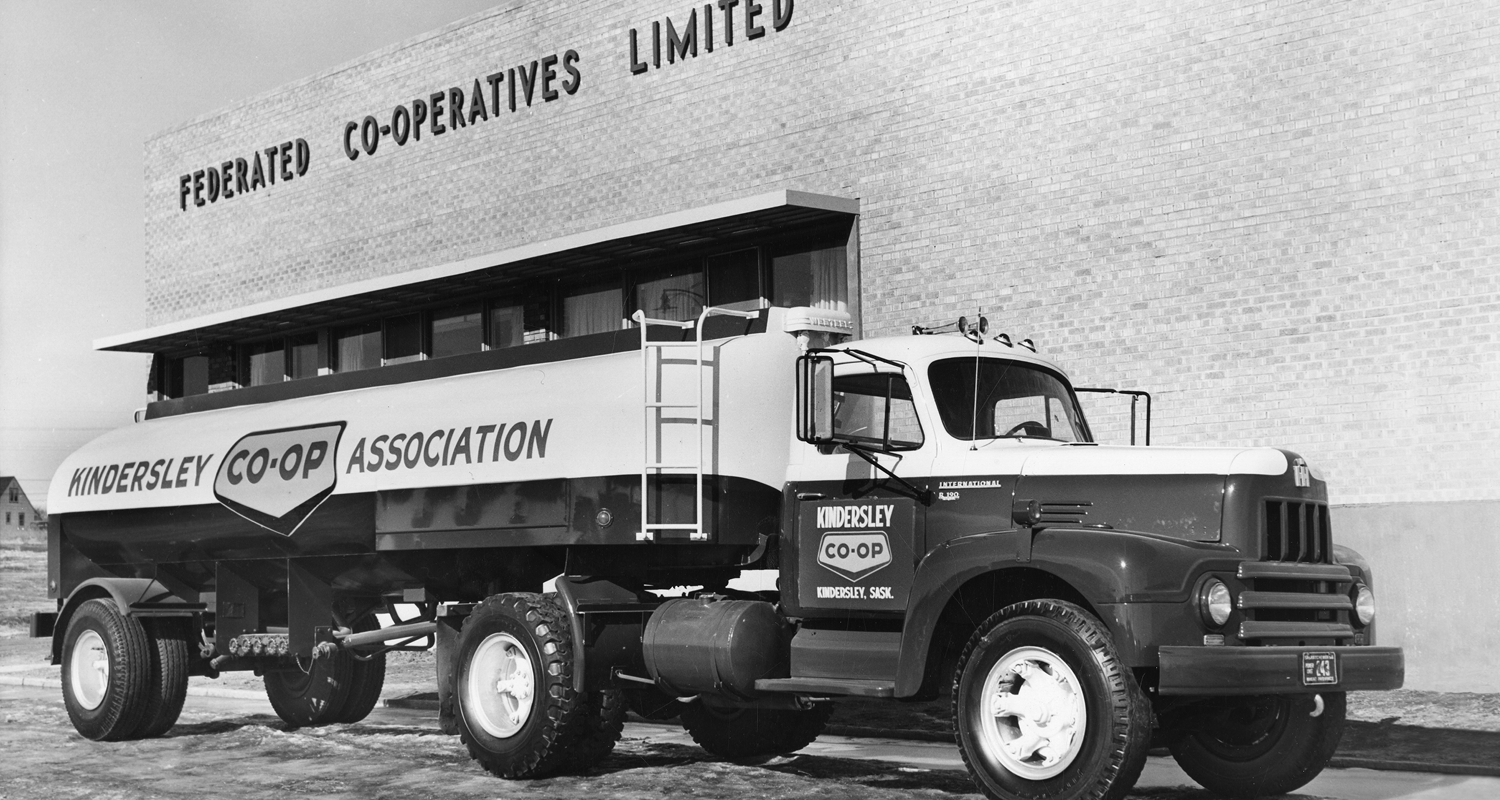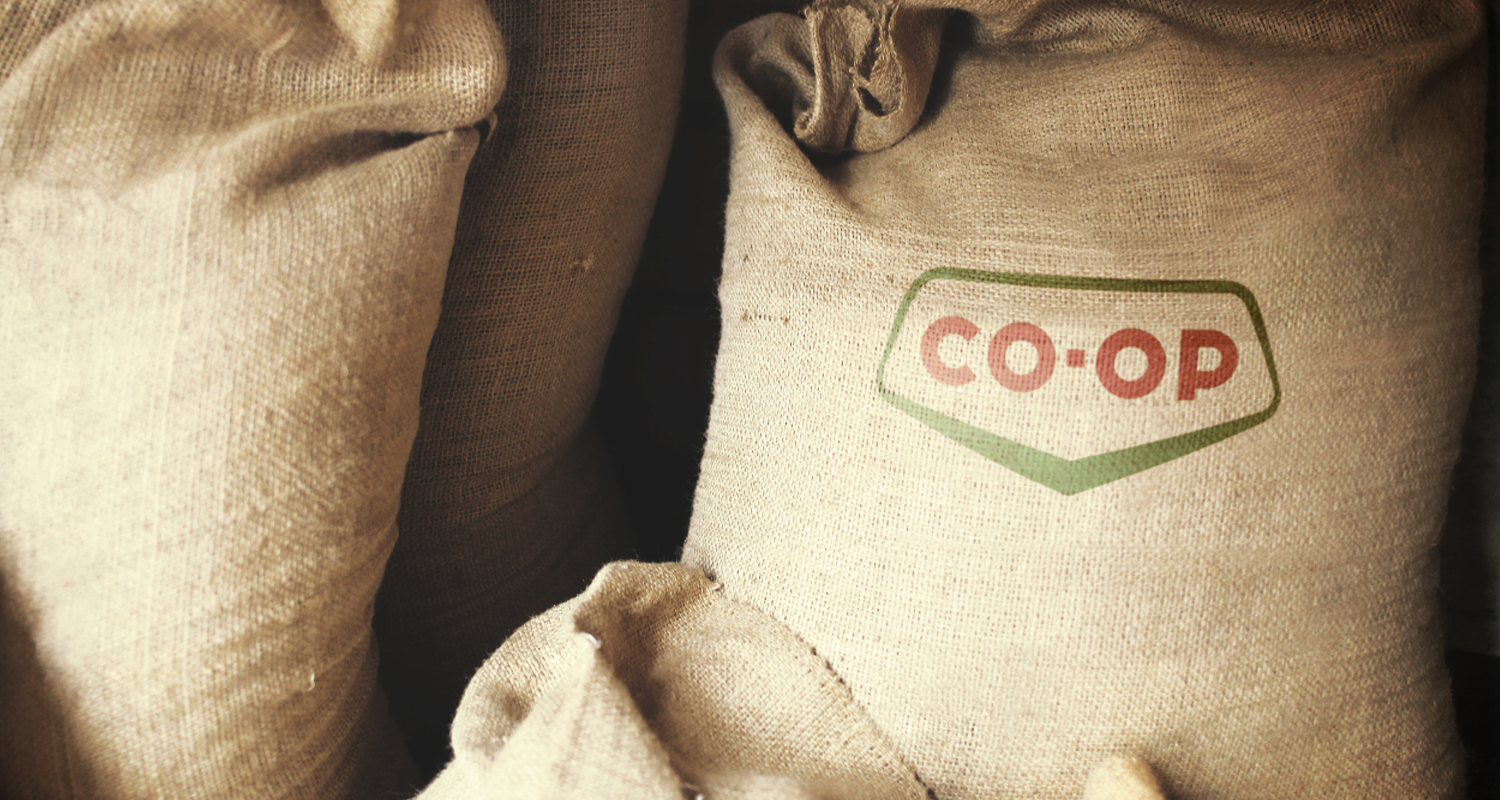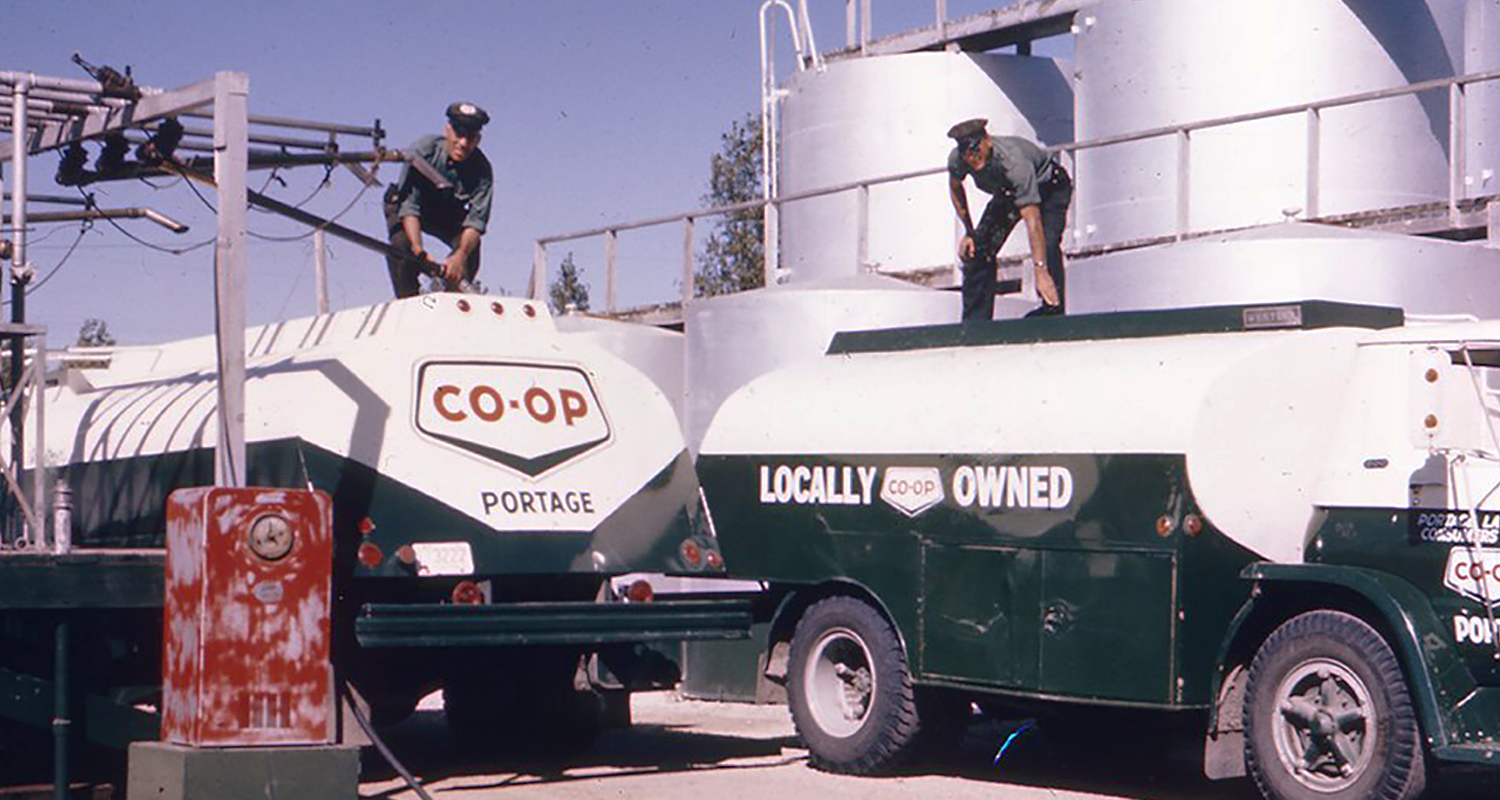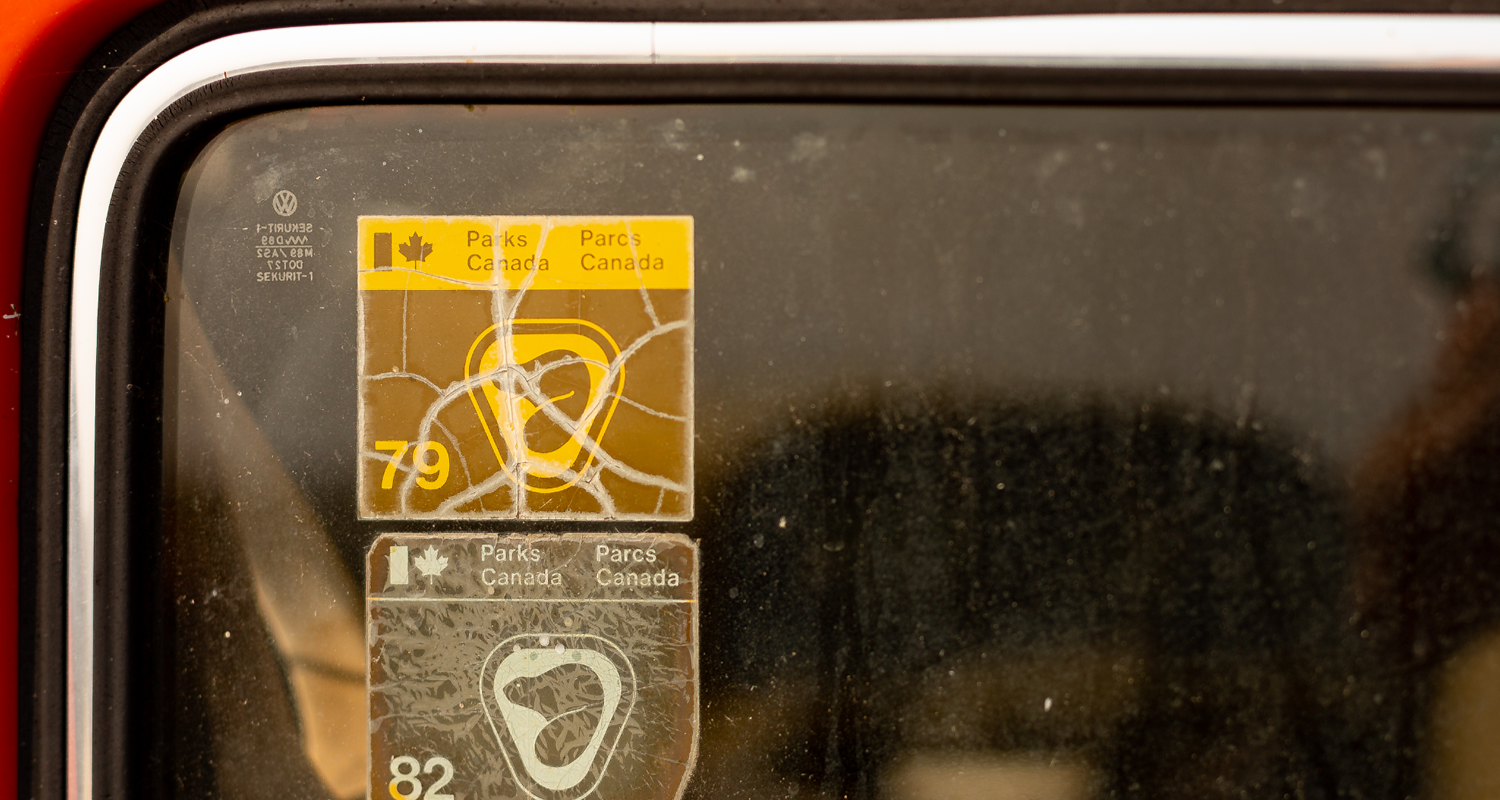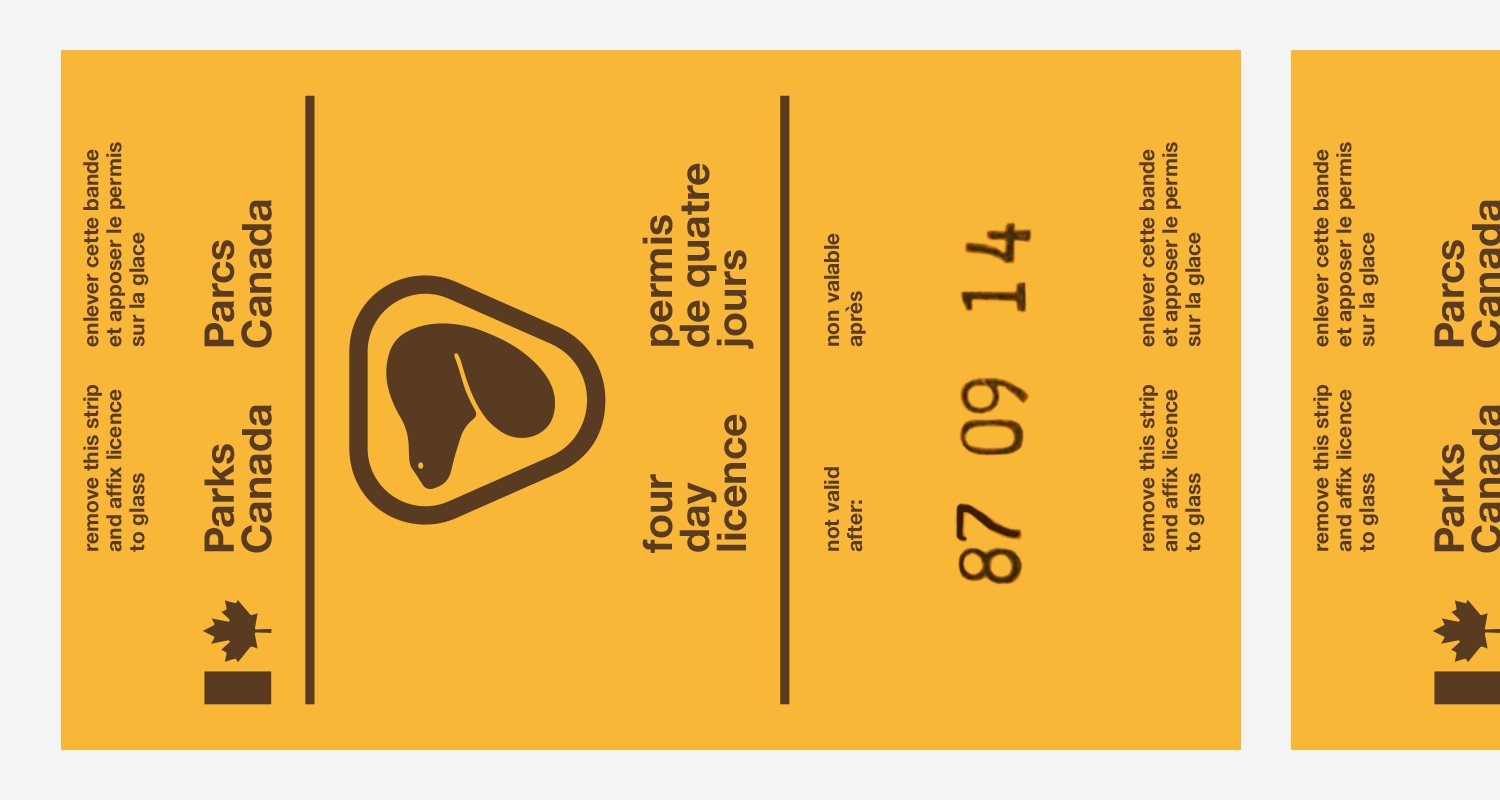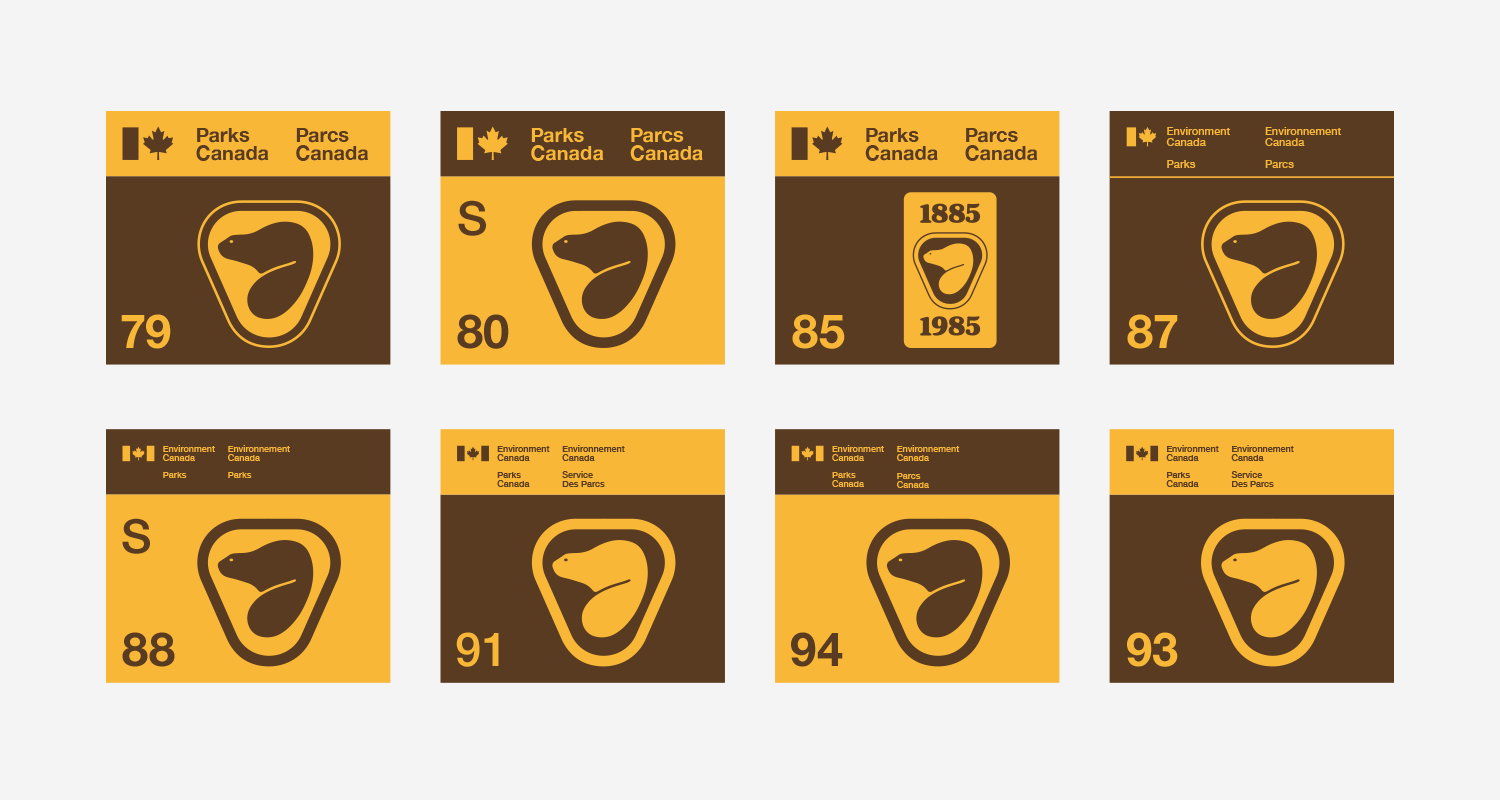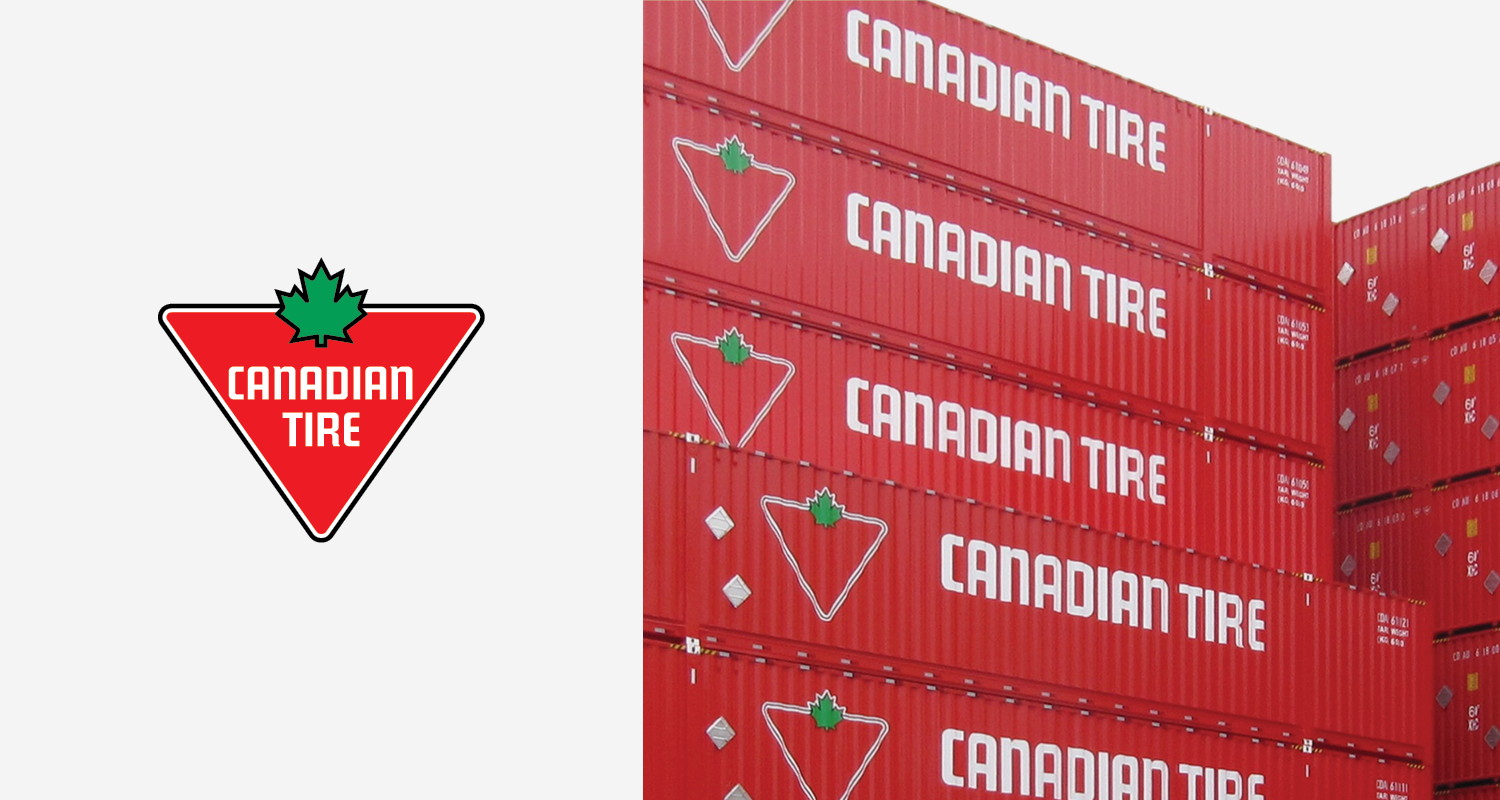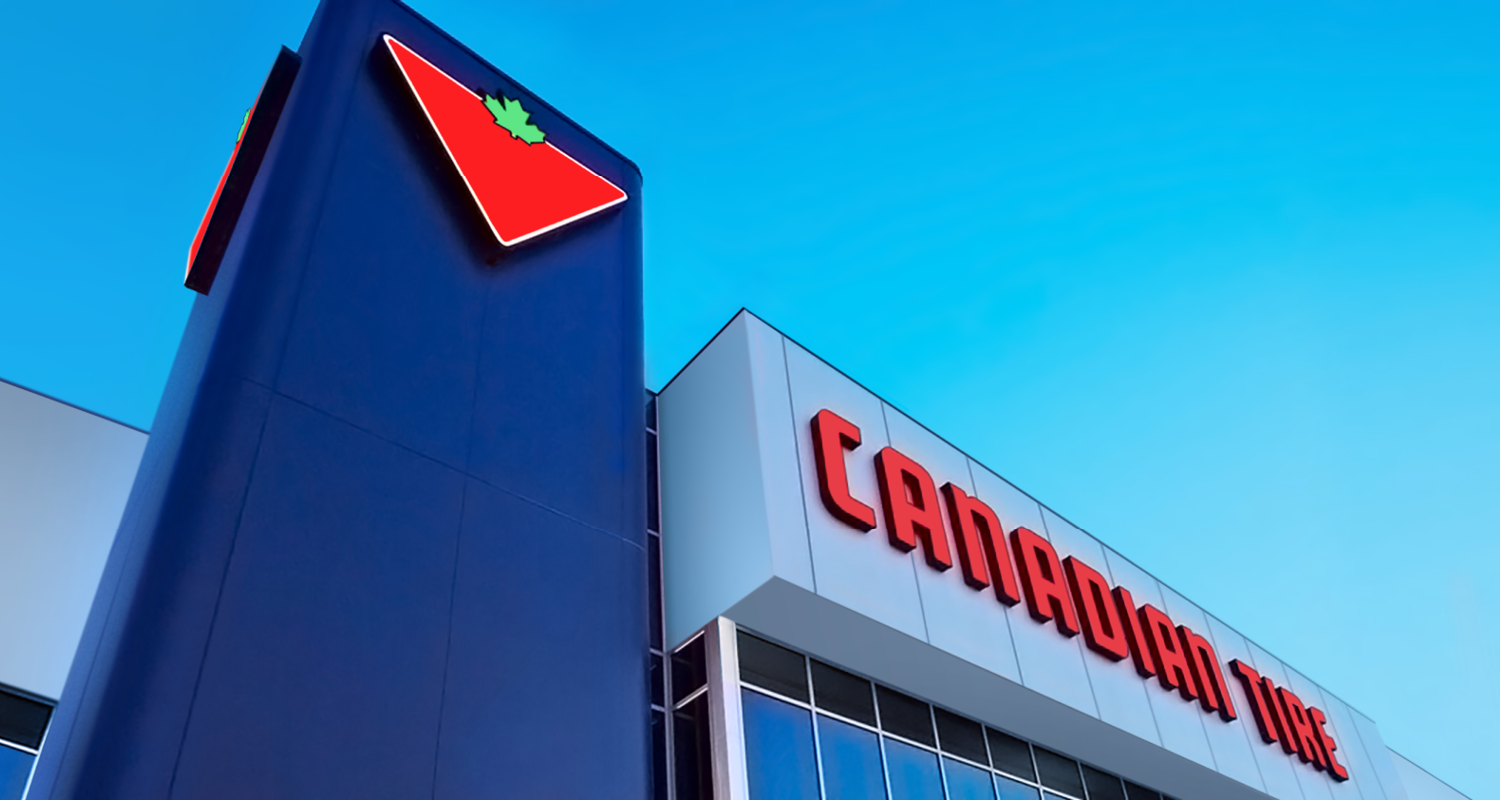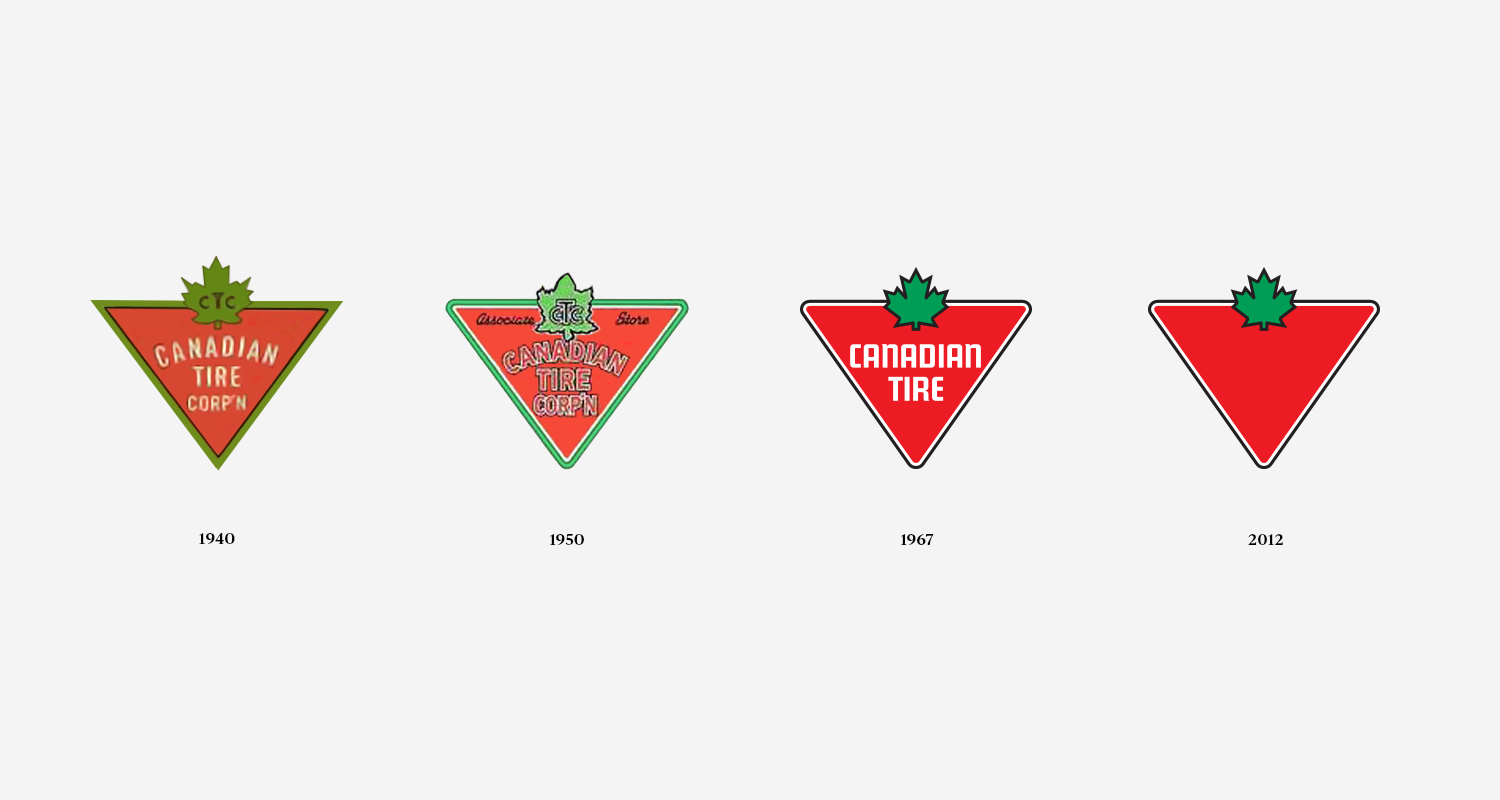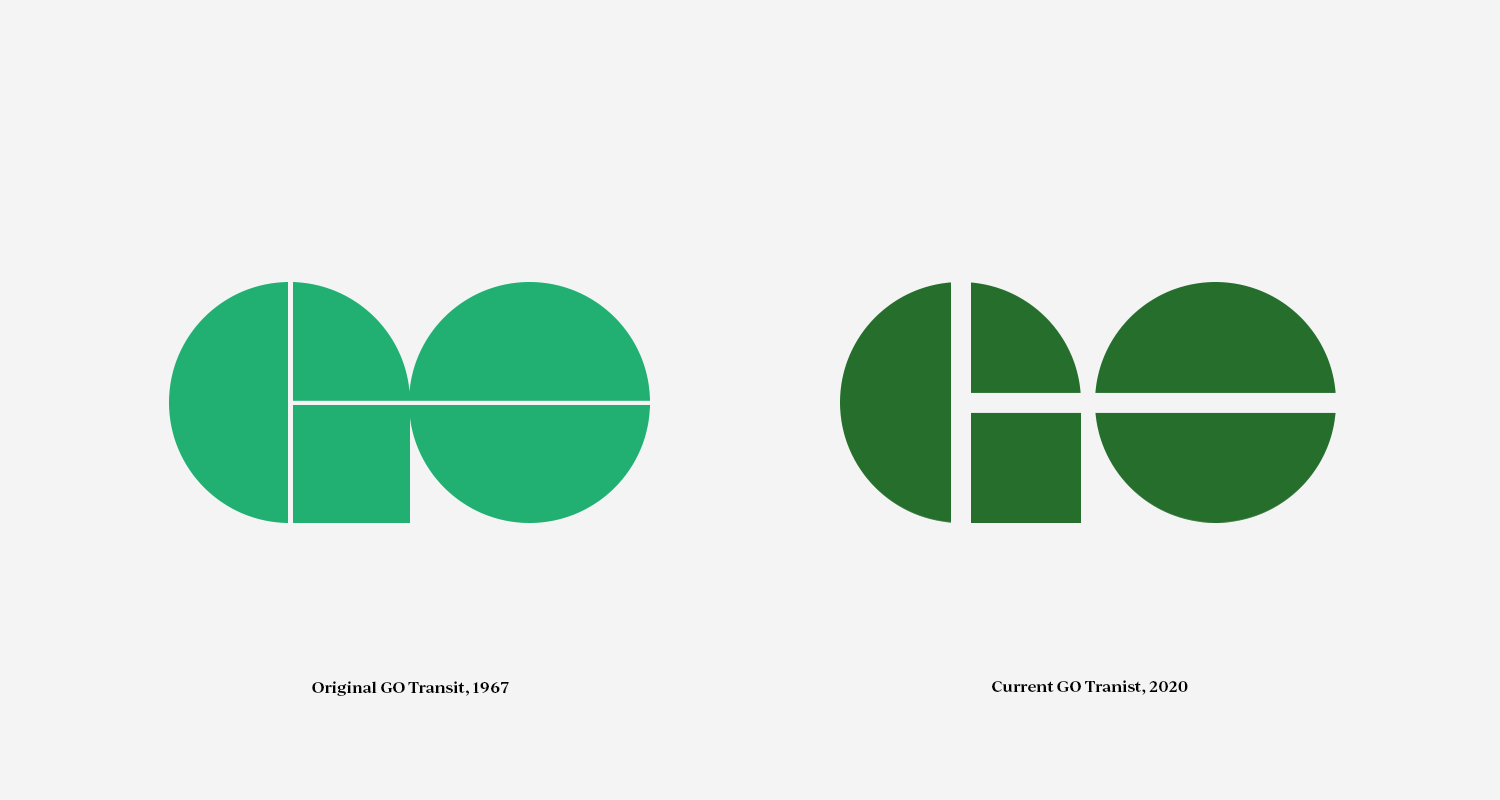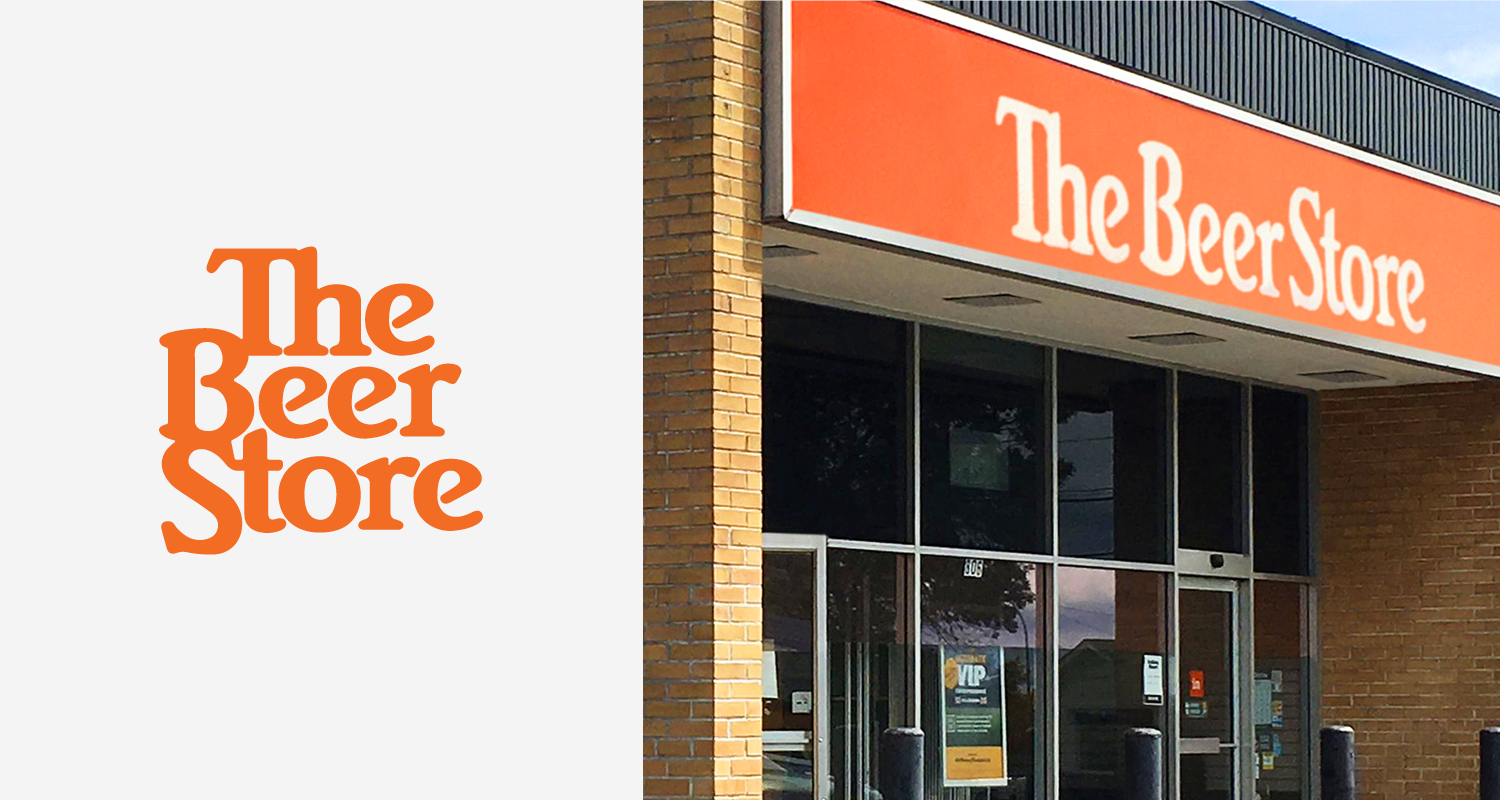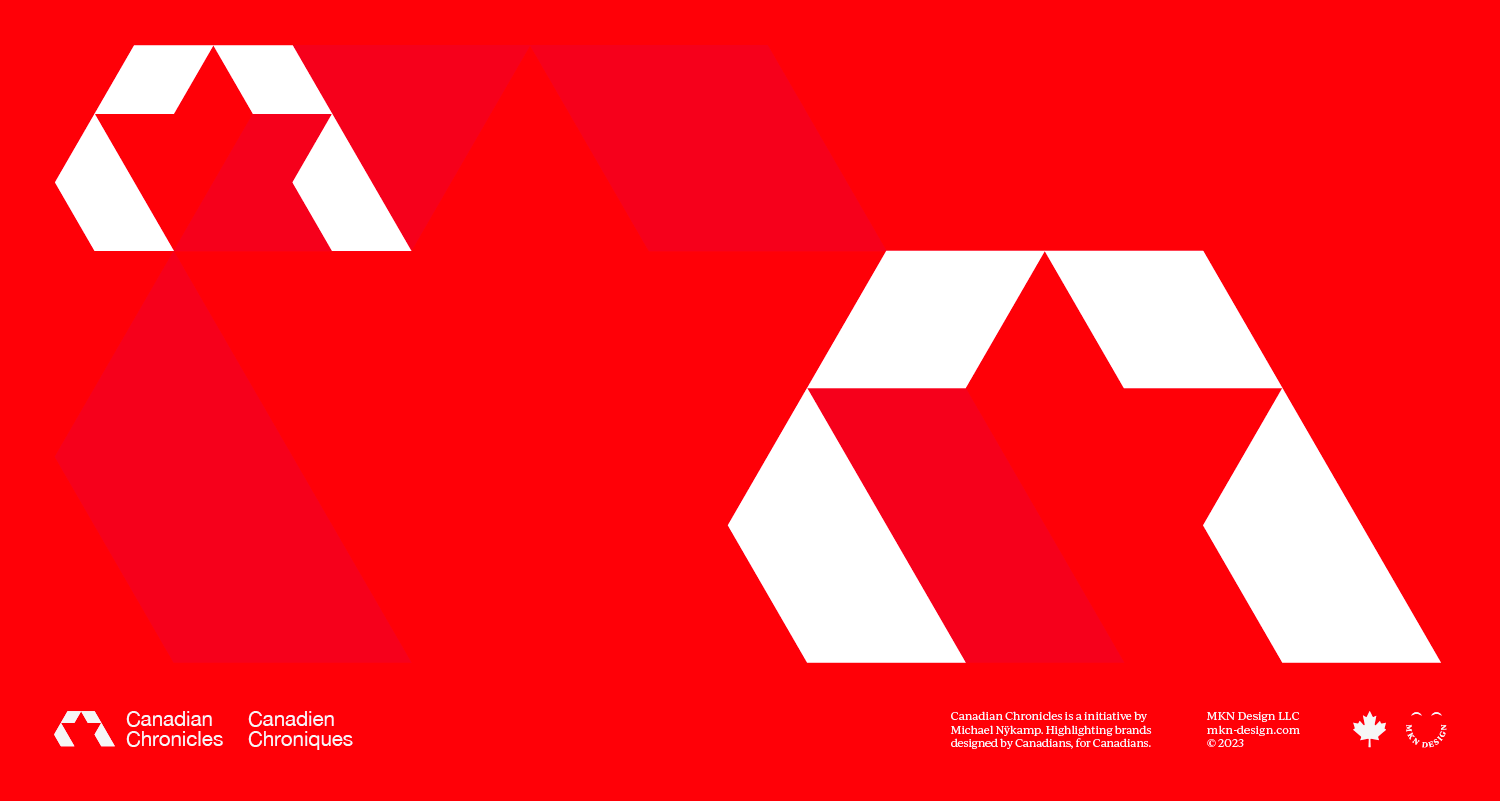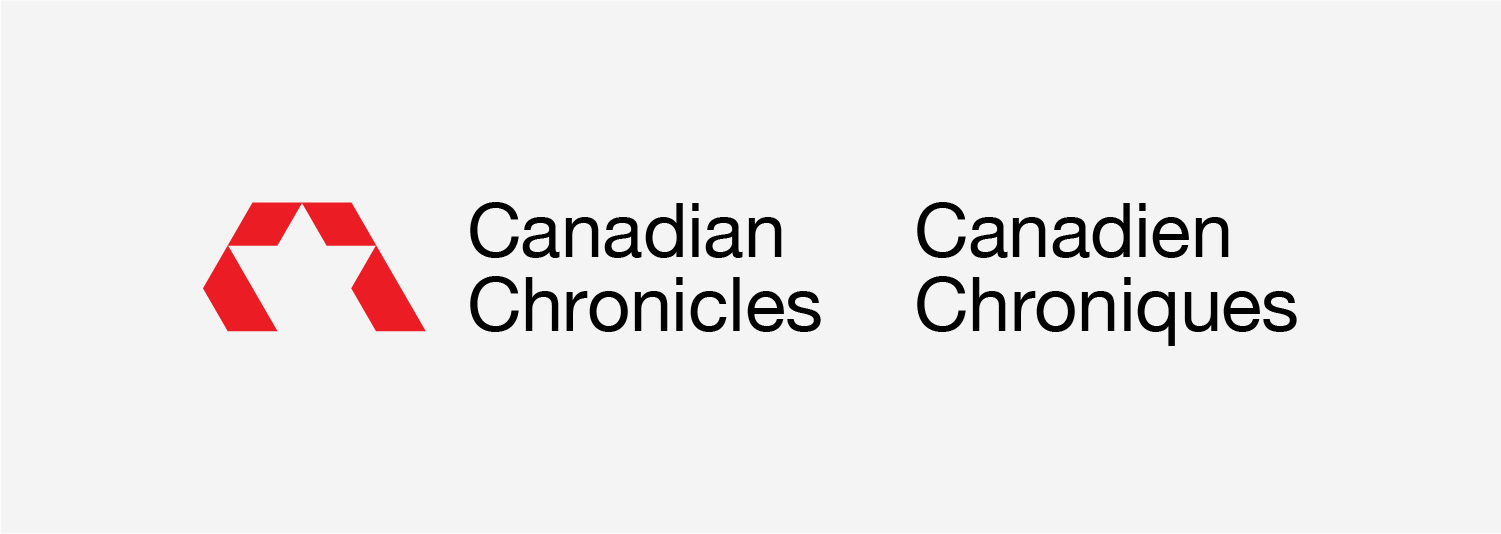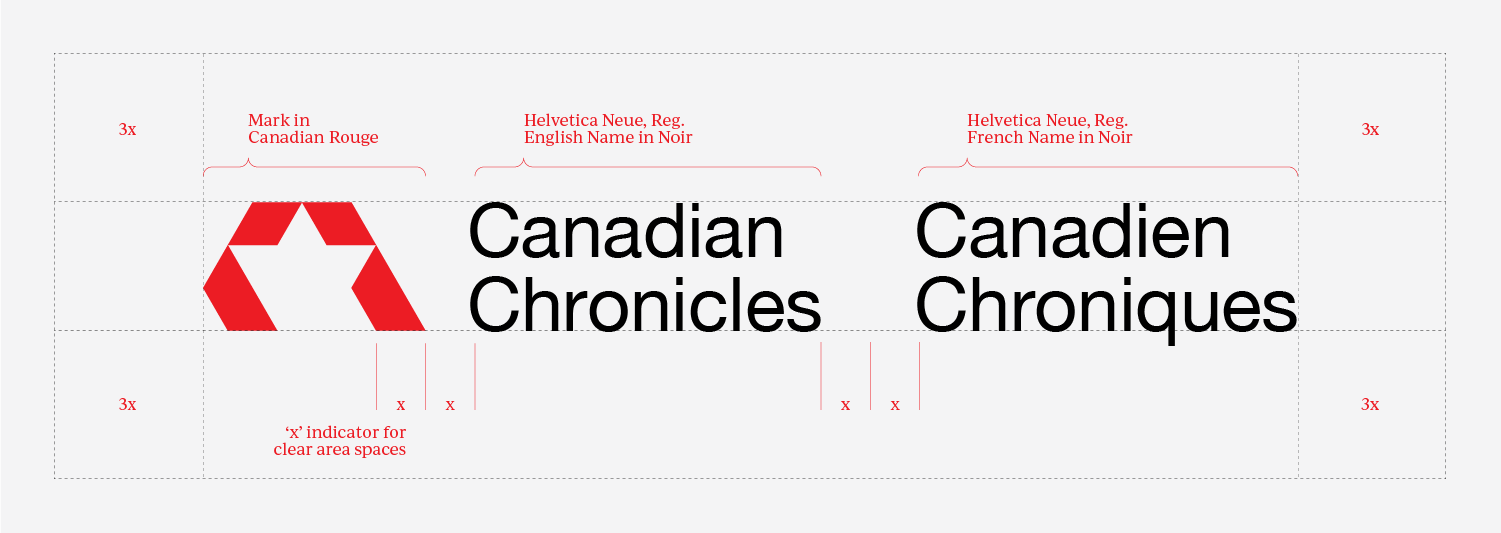Canadian Chronicles is my personal initiative, showcasing brands designed in Canada. These brands captured my attention—from growing up on my family's farm to attending Sheridan college and launching my career as a graphic designer in Toronto. These brands ignited my devotion for brand communication design and continue to influence my work.
Note:
Every week (or two) I will be highlighting brands designed by Canadians, for Canadians through the lens of my experiences and others who are willing to share their stories.
Select images of logos and photos are the copyright and trademark works of their respective holders.
Citytv
Citytv
__
Designer: Unknown
Studio: Unknown
Origin: 1973, Canada
Status: Active (updated)
__
www.citytv.com
I know, I know it’s a news logo (eye roll). But this news station was different. It’s why I love their brand. Citytv wasn’t the typical news hour—it was an innovative approach to providing news to the public, which was reflected in its brand… it shouted, “We’re different, look at us, hear us, see us, we’re everywhere.”
Growing up during the 70’s and 80’s the news hour format and logos followed a controlled style. Music queued, station logo fading in (typically the logo was an acronym plus the news channel number) and the news anchor sat behind a desk and started of the newscast by saying, “Welcome, you’re watching such-and-such news station. We’re starting off this program…” then proceeded to methodically read off the news teleprompter. Not that this was a bad, it was just typical and uninteresting. This also was the same format that Citytv utilized in late 70’s and 80’s. But the station started to adjust its format during the early 90’s (see Citytv Toronto News Open).
The innovator behind this format change was Moses Znaimer. “He gradually began to pioneer a distinctive style of broadcasting, inspired in part by Marshall McLuhan, which emphasized a strongly local, hip and casual format aimed at young audiences”. "The flow, not the show," said TV entrepreneur and guru Moses Znaimer. He knocked down the studio walls and let the public see what was happening inside.”
During the gradual format change in the mid 90’s I was attending Sheridan College. I was it’s target demographic and it made a enormous impression on me. Not only because their distinct and innovative approach to news casting, but they also provided additional hip stations within the Citytv’s brand like—MuchMusic, Oh La La, Breakfast Television and Great Movies. They also presented Speakers Corner to the public, it was a recording booth at Citytv which provided Torontonians a voice in the form rants, shout-outs, jokes, and music performances which aired weekly.
Other features that made Citytv unique was the CityPulse truck sculpture breaking though the side of it’s headquarters on 299 Queen Street West, Toronto. Nigel Stanley who designed and created the sculpture stated, “His (Moses Znaimer) vision was for the truck to look like it was busting out of the building, off to the latest news story.”
Looking back, it was not the logo that made the broadcasting company notable (yes, the logo helped). But it was Citytv’s brand—a combination of it’s consistent messaging, innovative approach, hip programing and branded fleet of broadcasting vans that launched them into popularity.
Photo Description & Credit:
1. Previous headquarters of Citytv - 299 Queen Street West, Toronto, Ontario, Canada
2. Citytv logo evolution 1972 to present
3 CityPulse, Everywhere posters and Citytv—News, Movies, Music poster
4. Citytv, Breaking News sculpture development by Nigel Stanley
5. Citytv Breaking News sculpture photo
6. Citytv branded mic and camera - Citytv staff photo
7. Citytv's Great Movies bumper, 1998
8. Citytv, Everywhere mural by Bill Wrigley, 1990
9. Moses Znaimer (Citytv president) wearing a white suit he says cost him $20 on the French Riviera – 1984, Darrell, Dick
